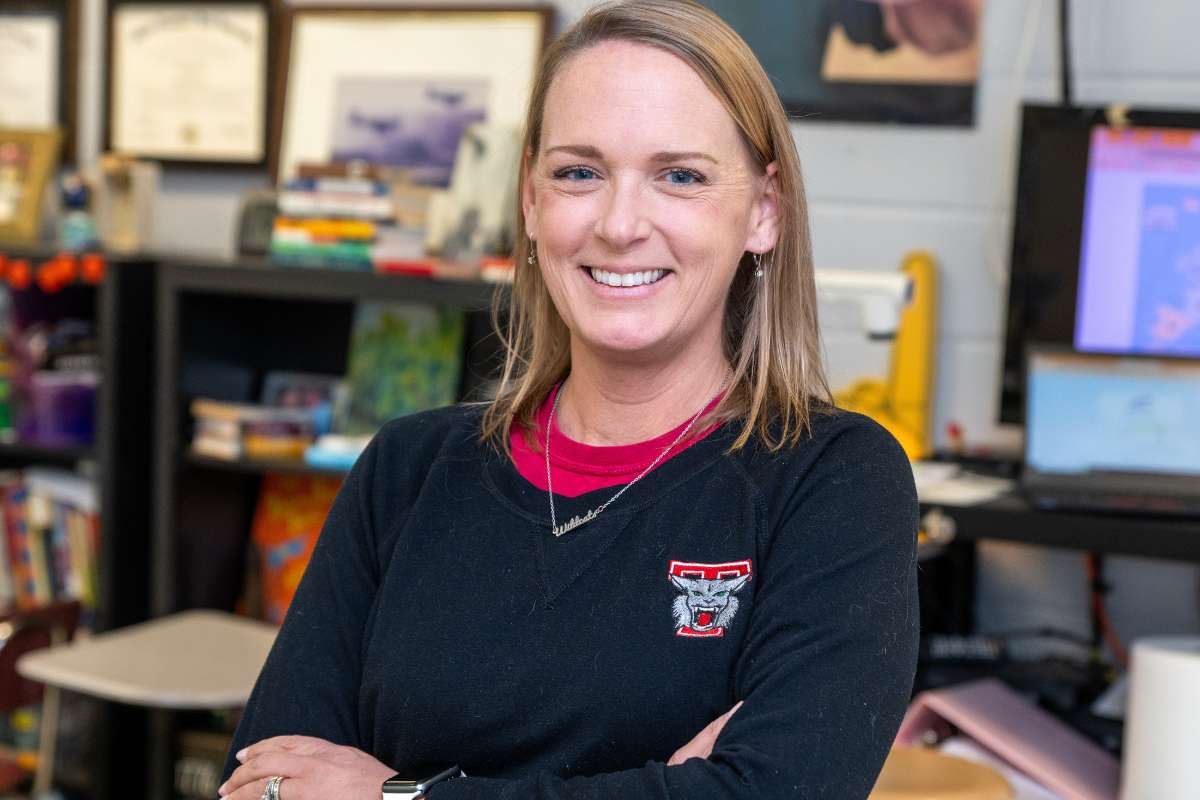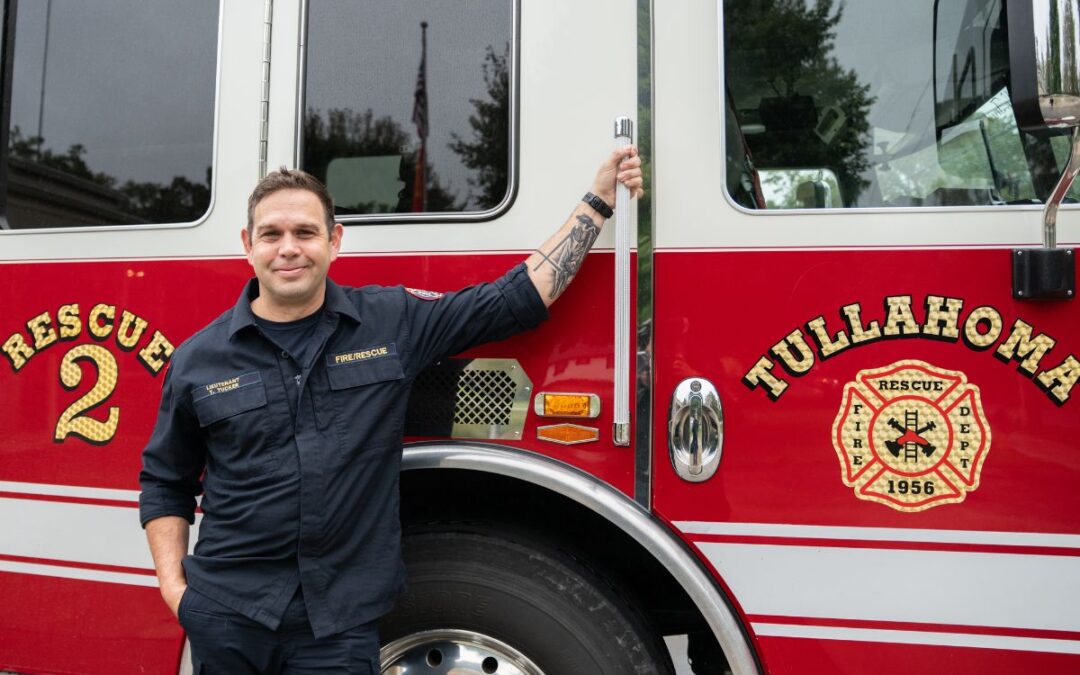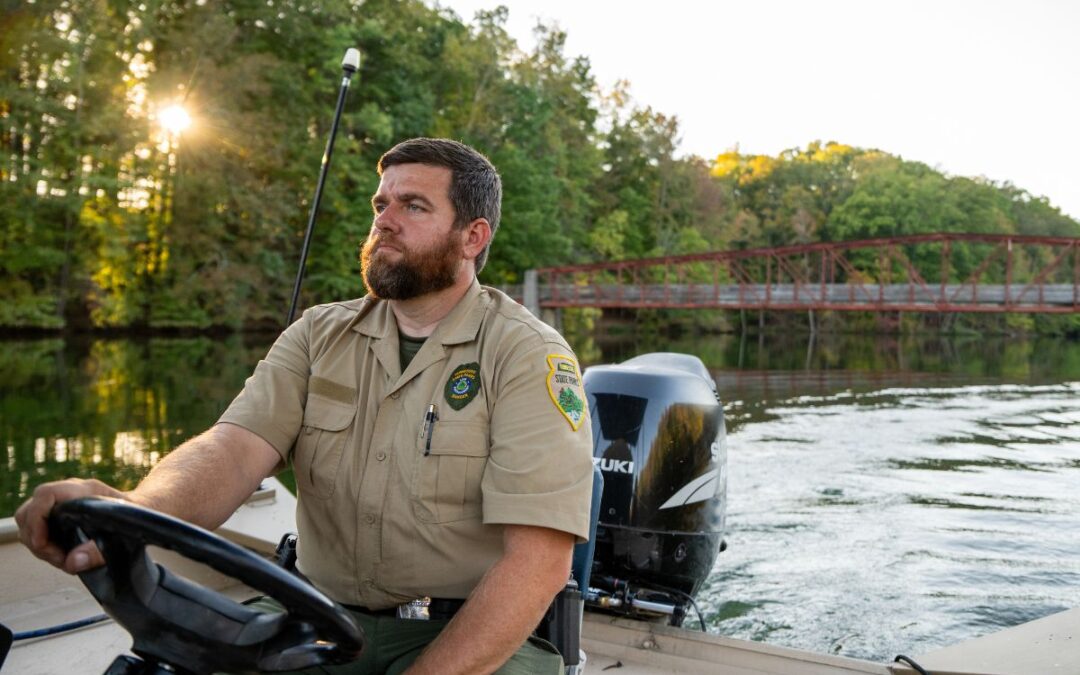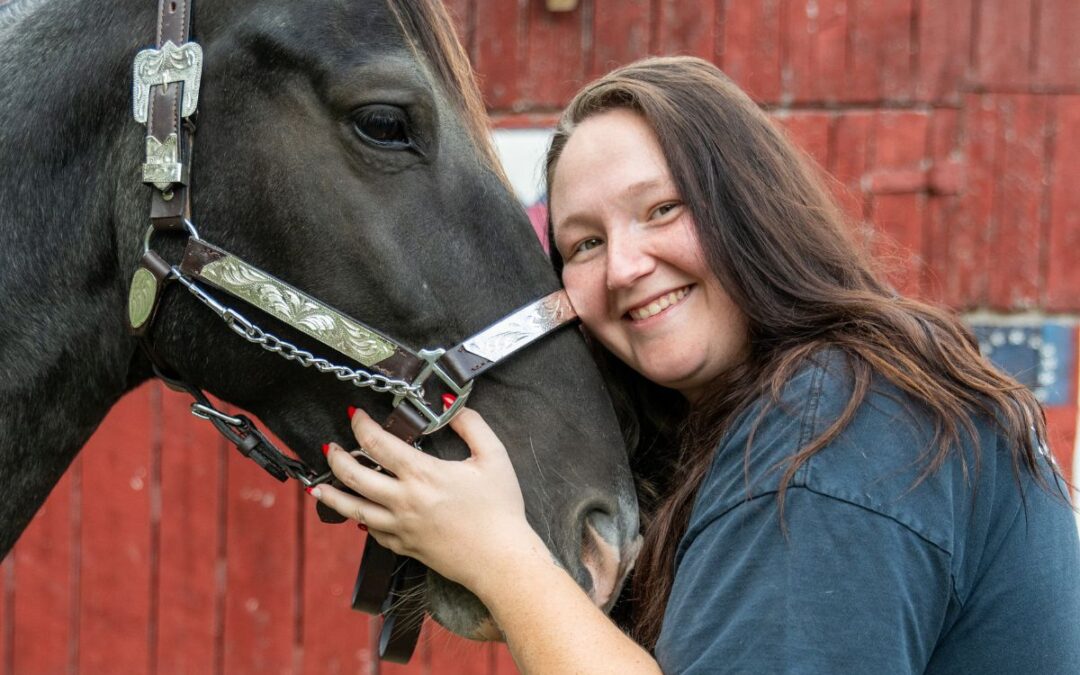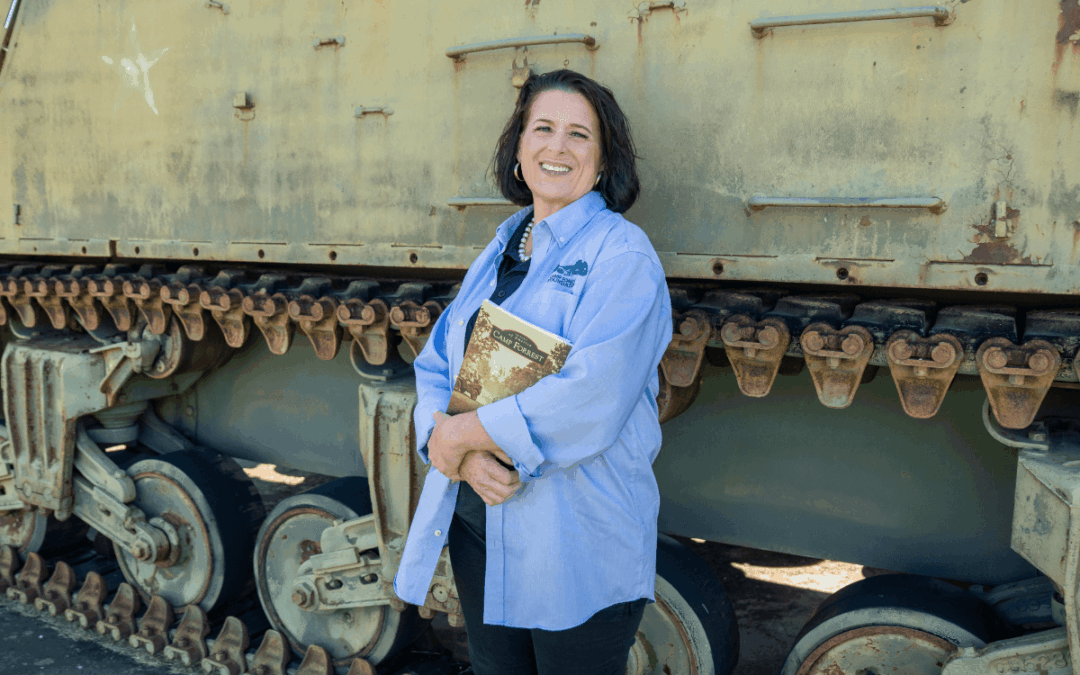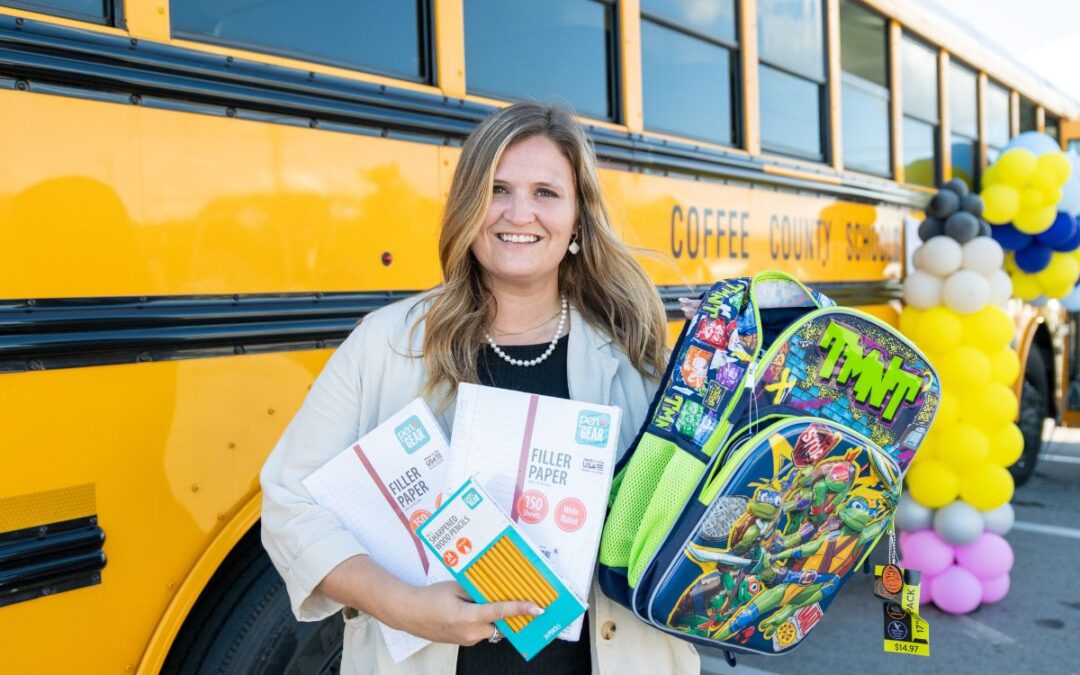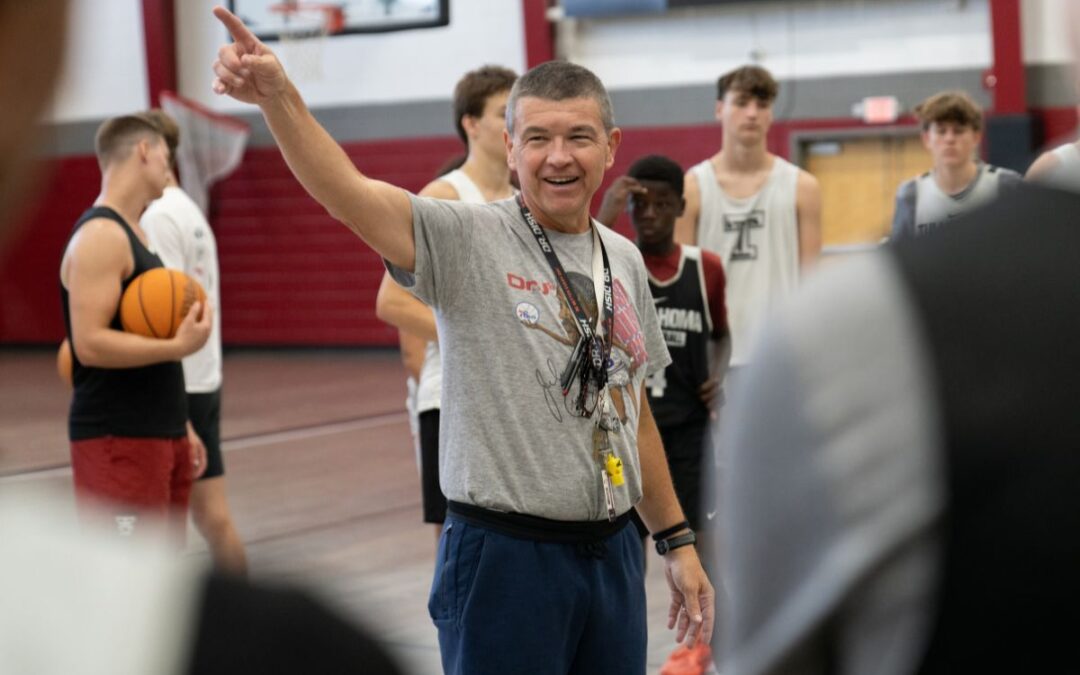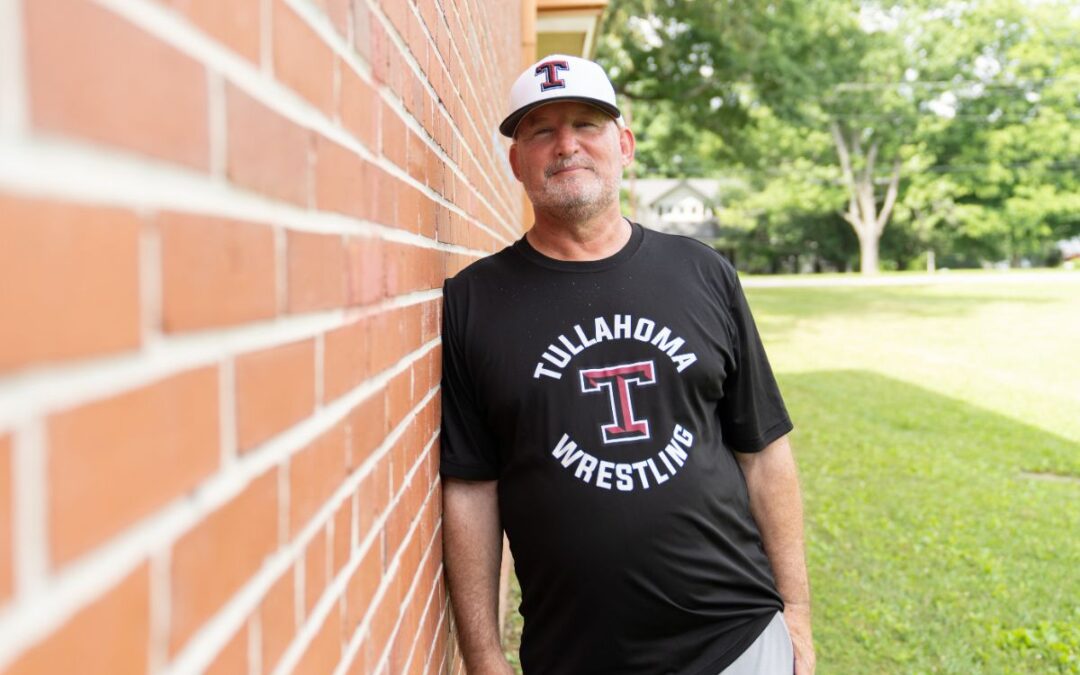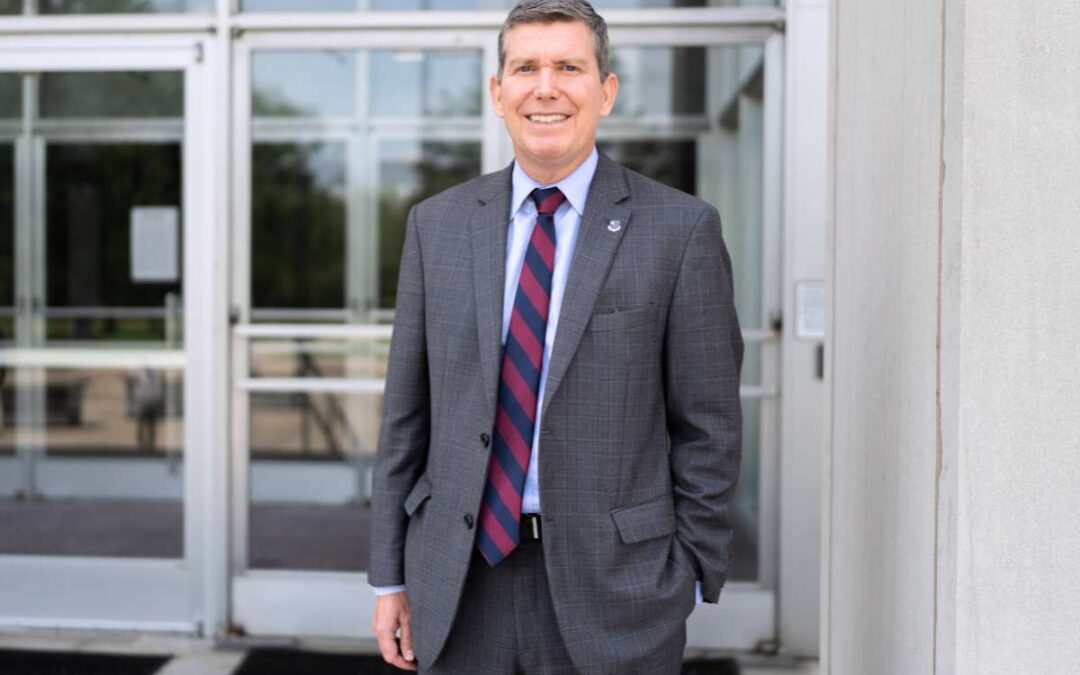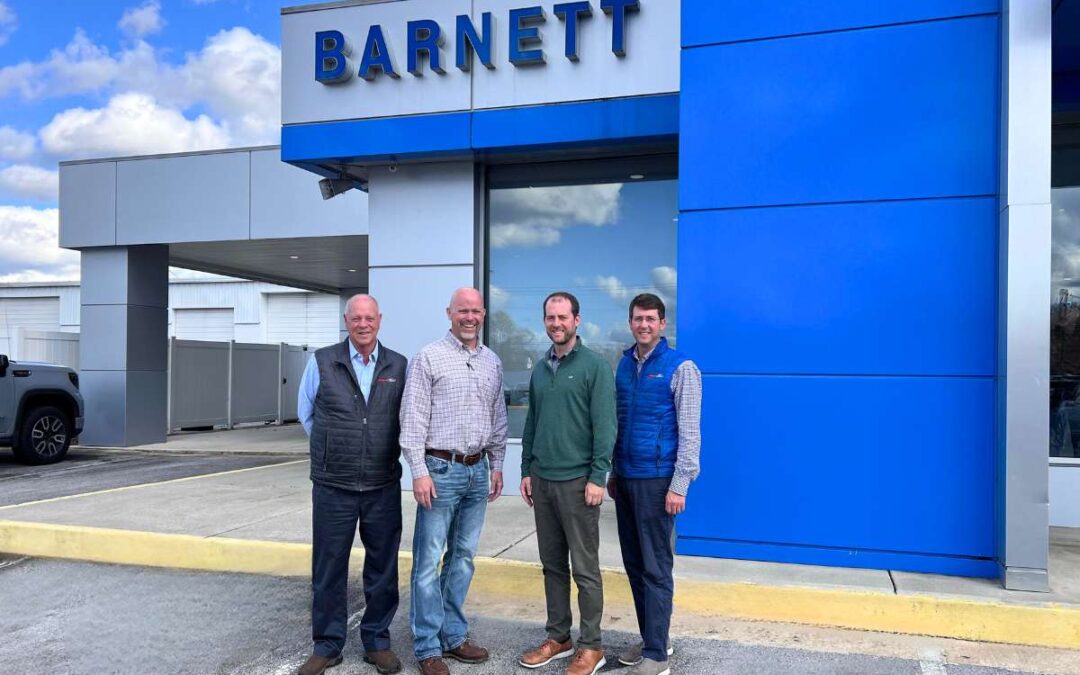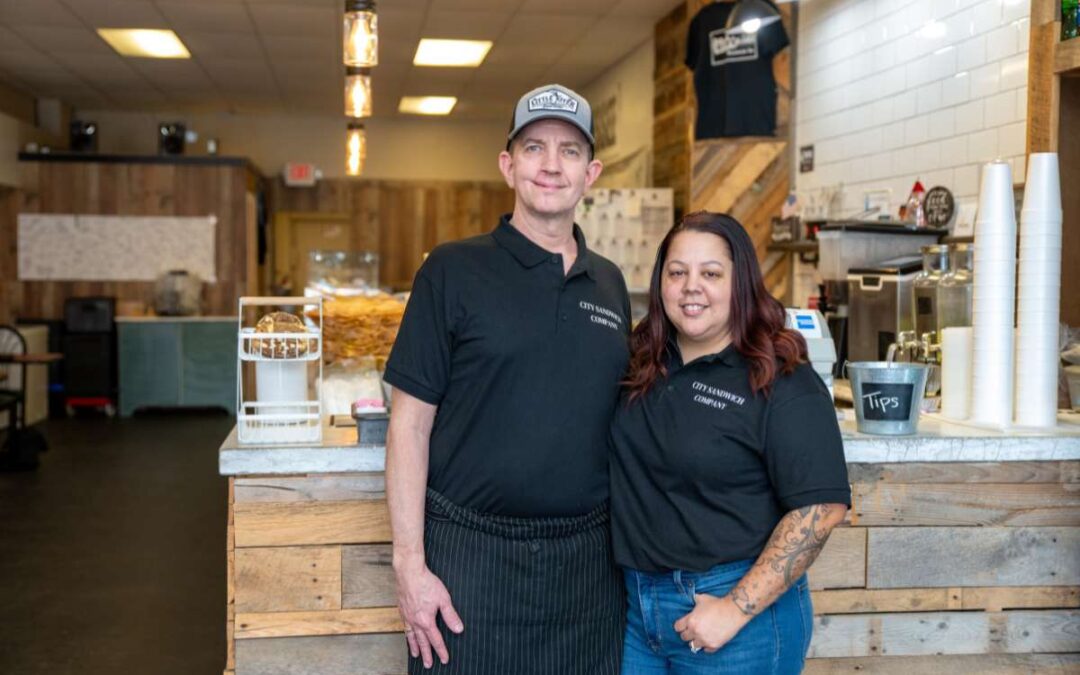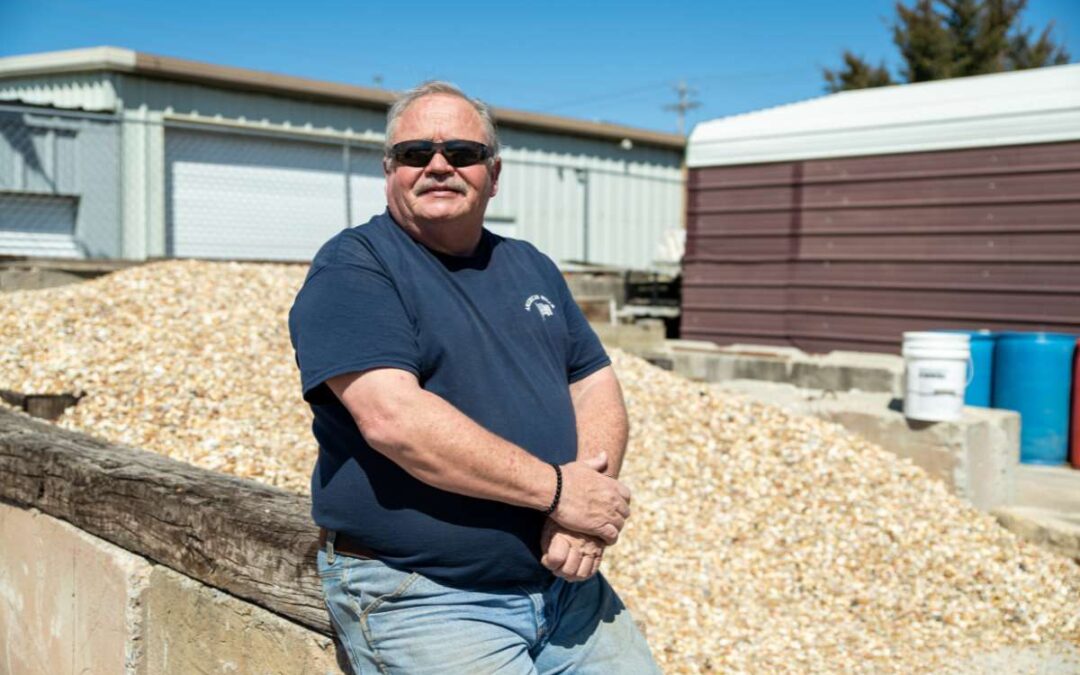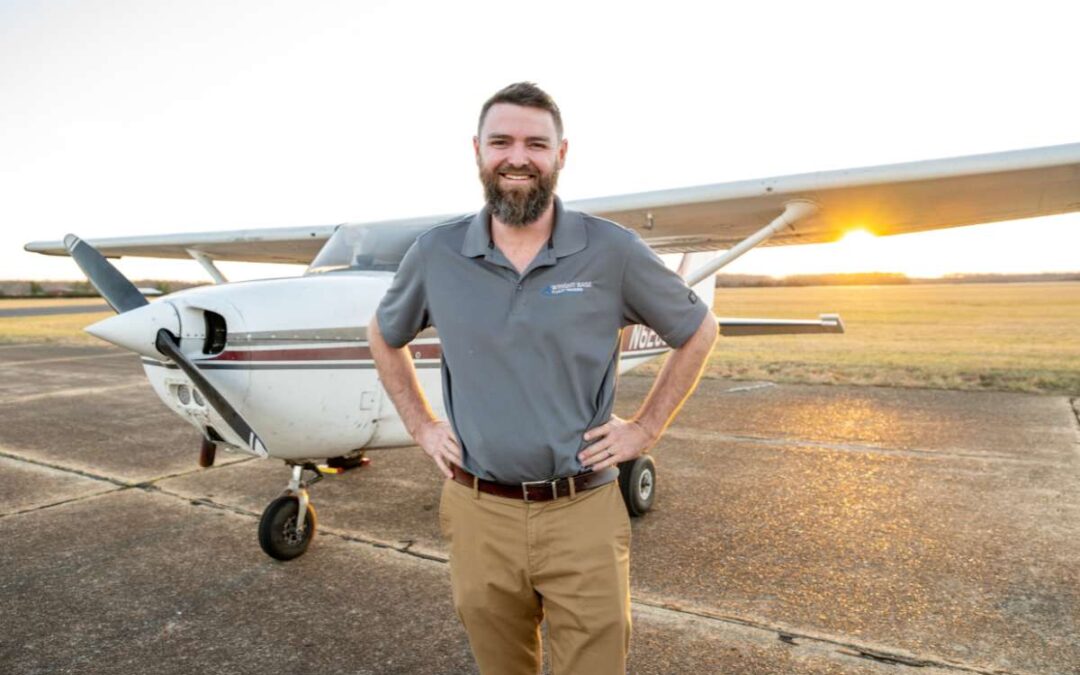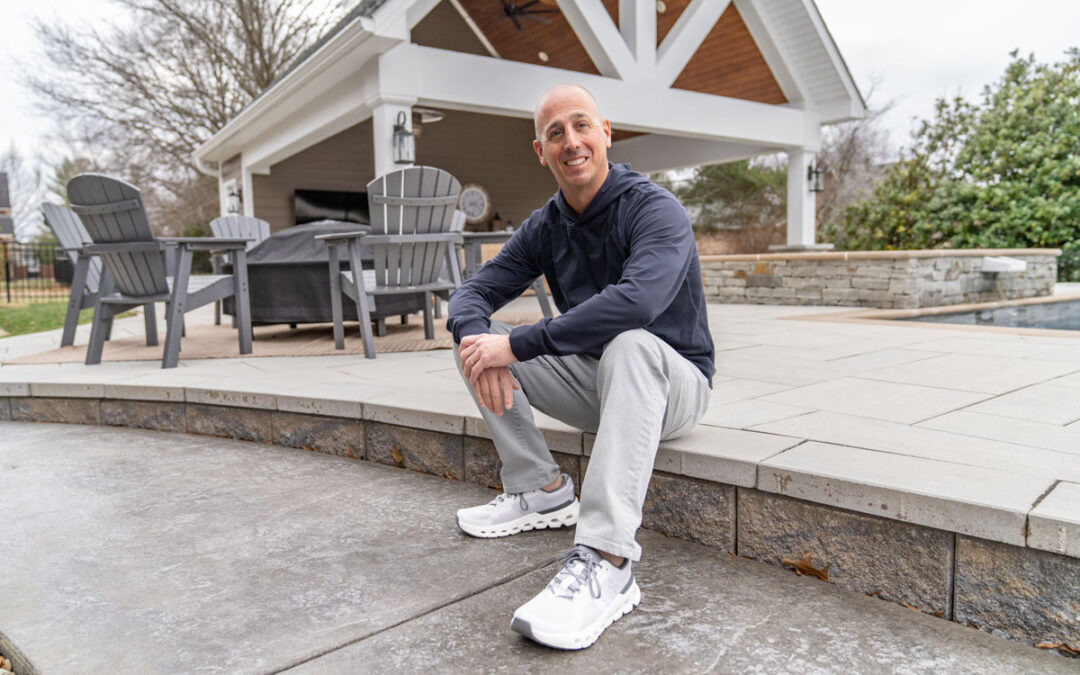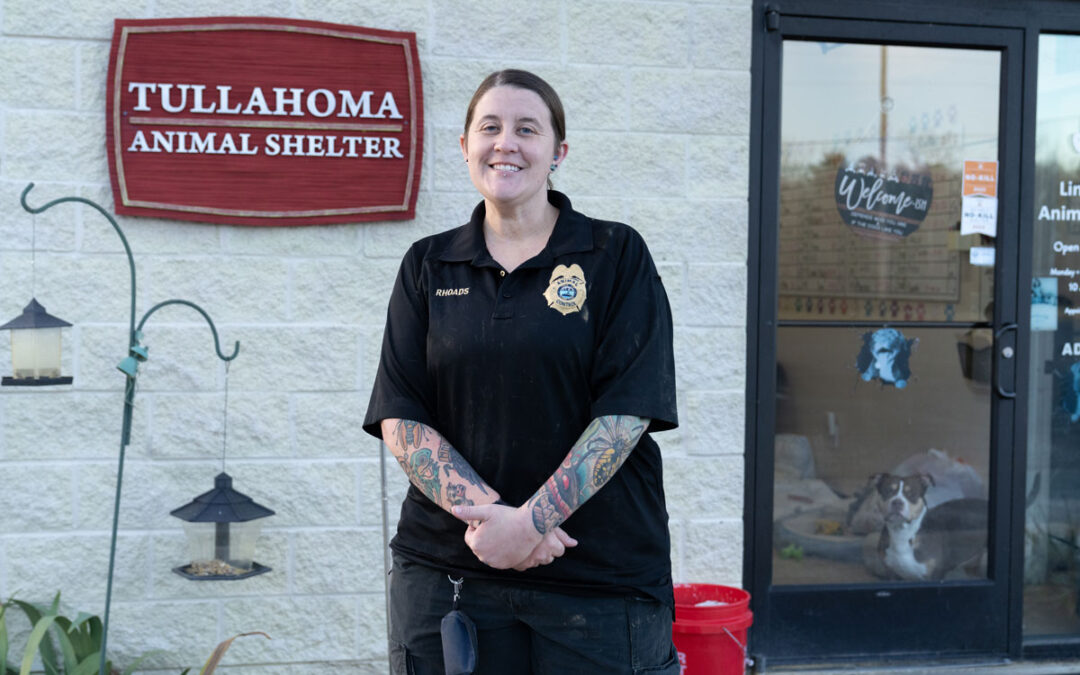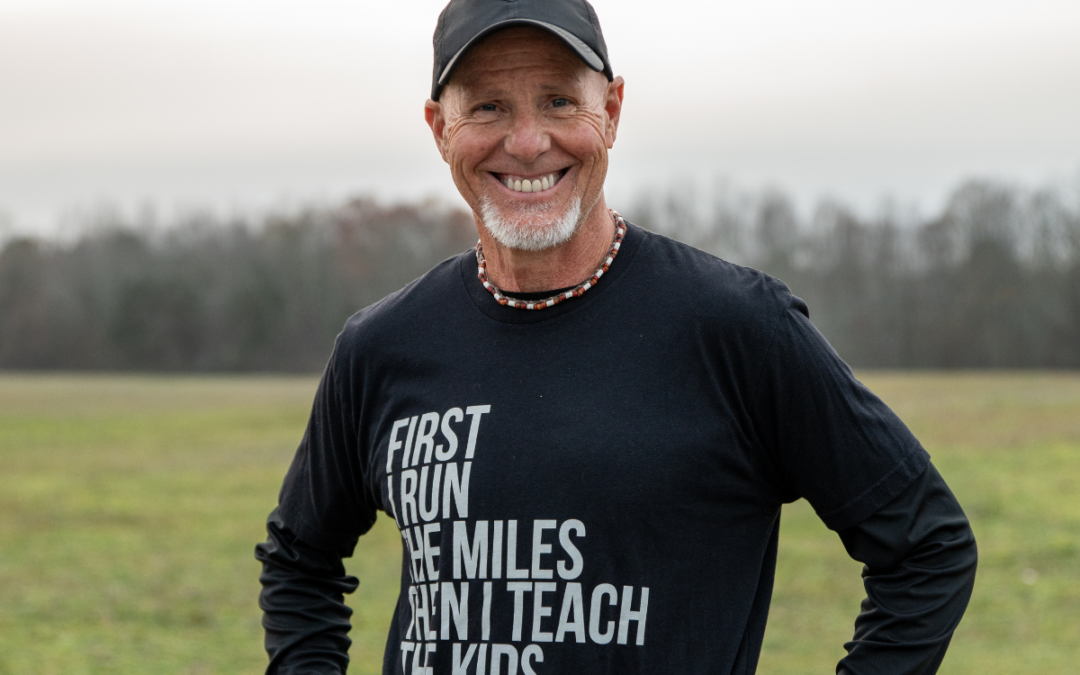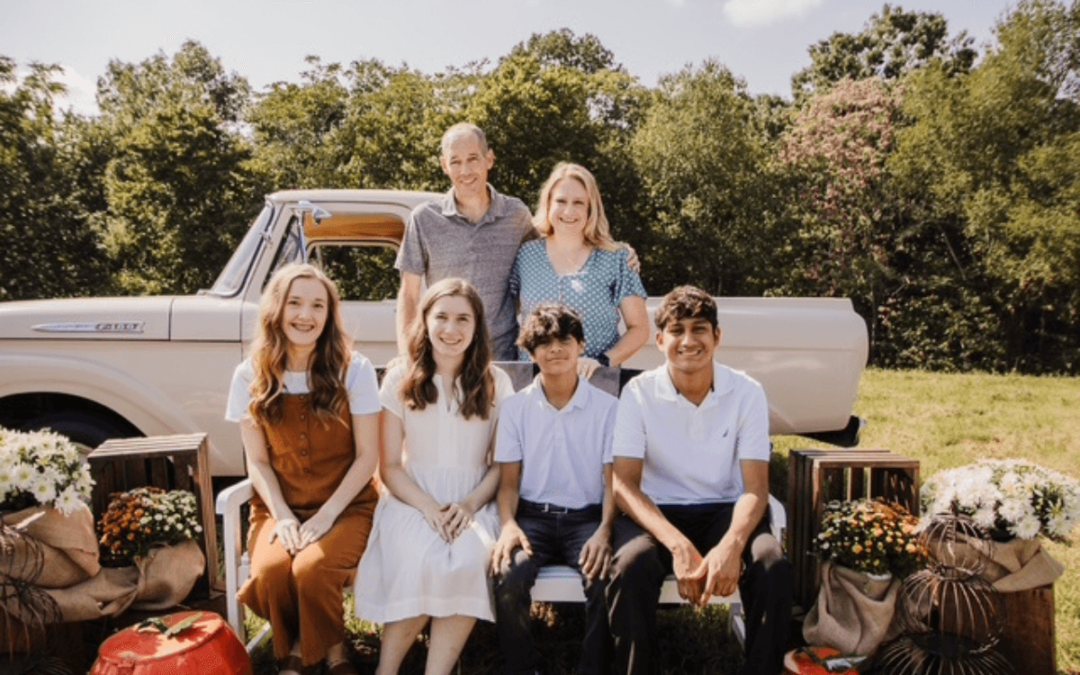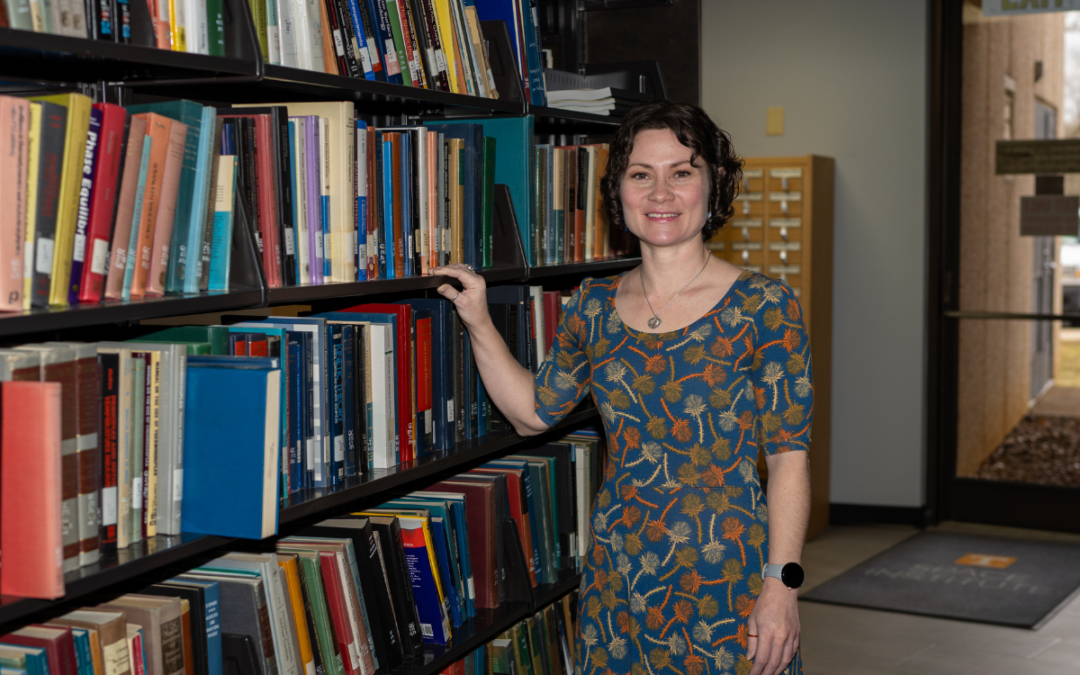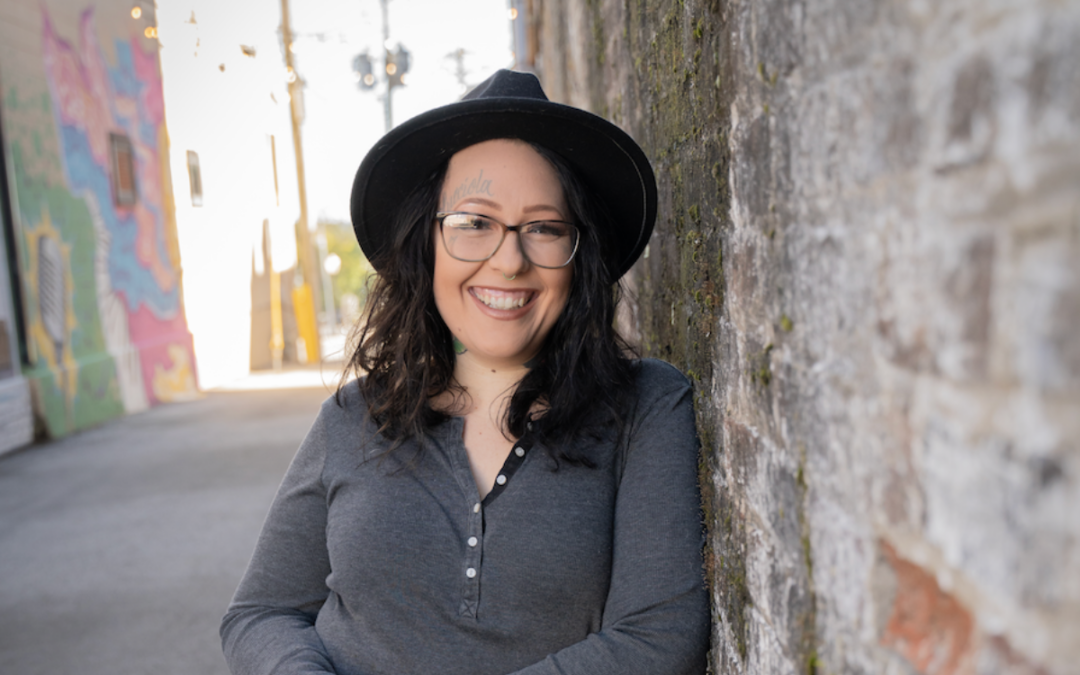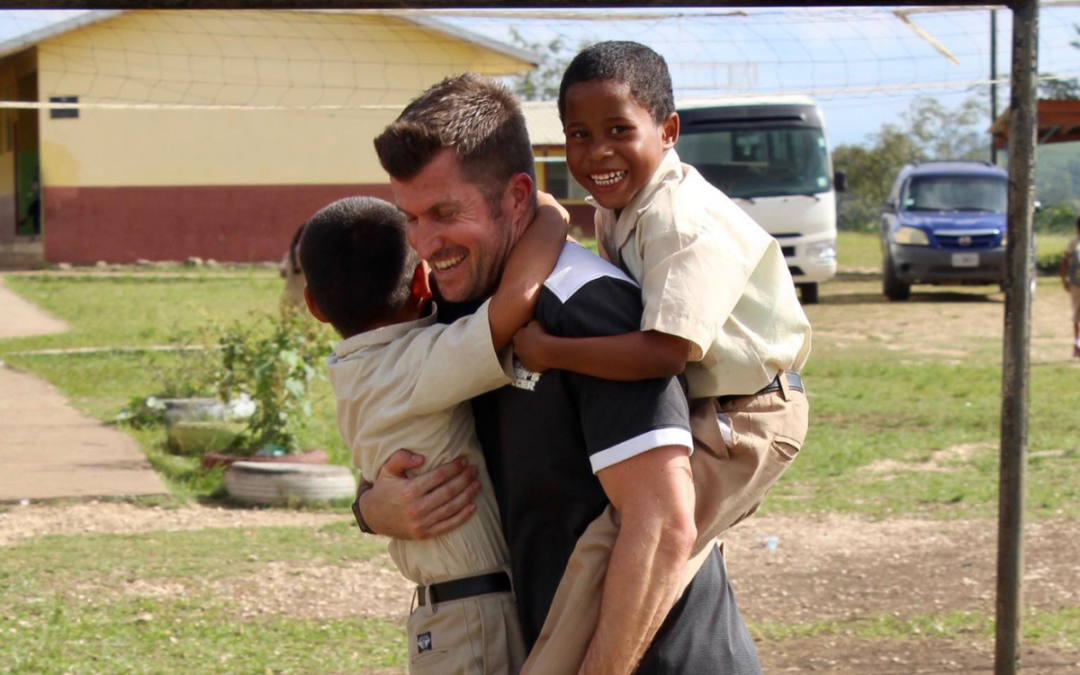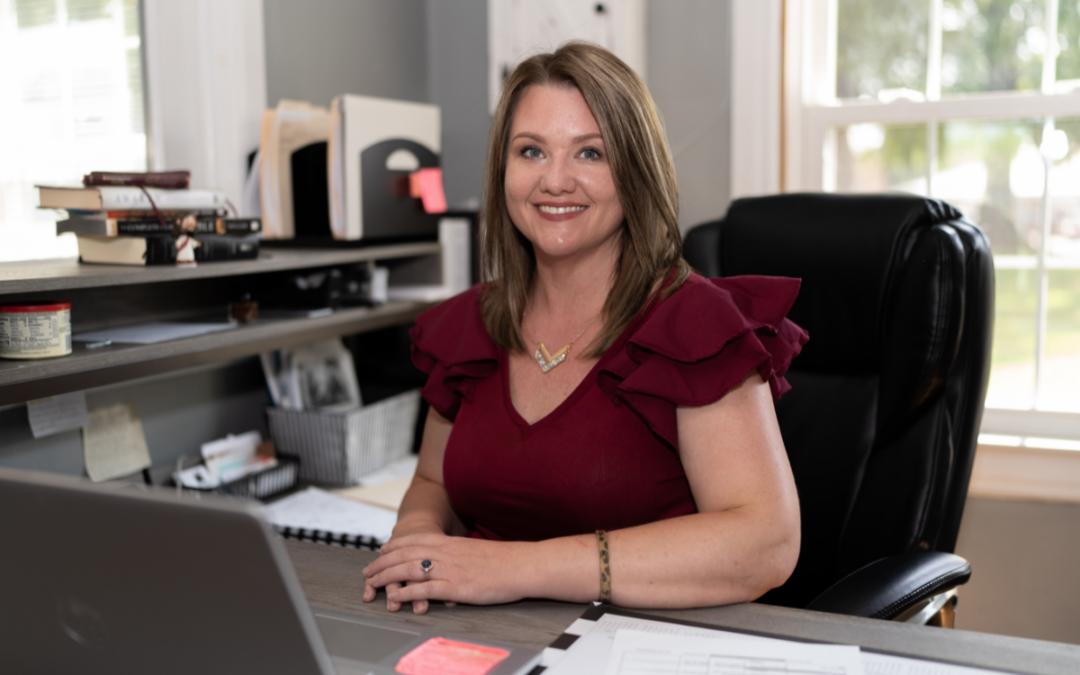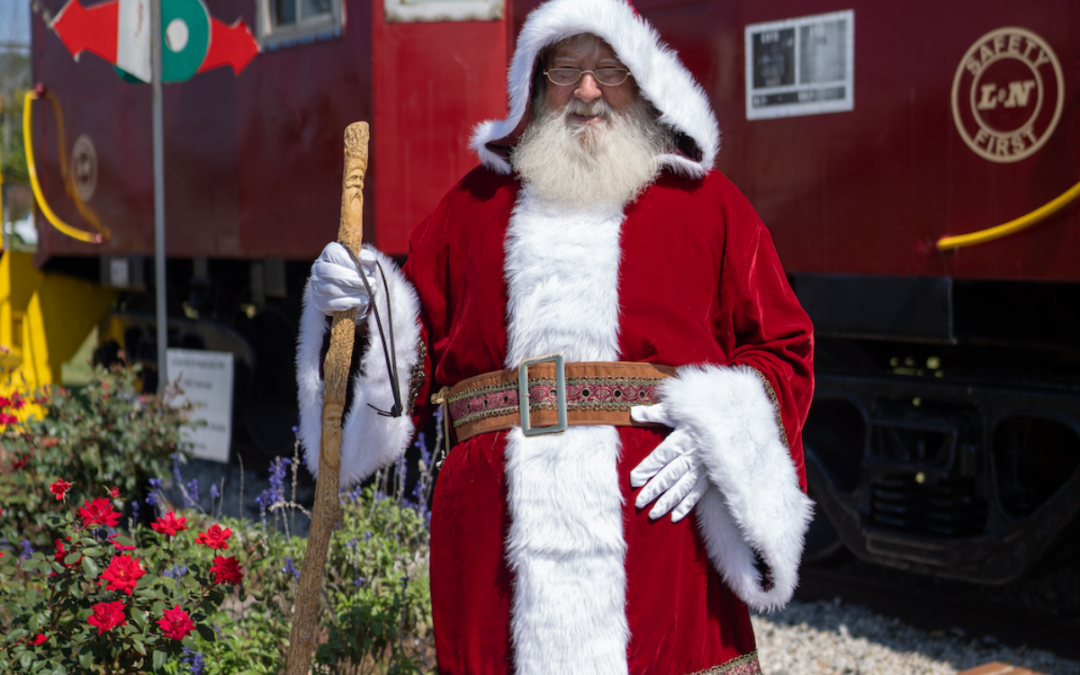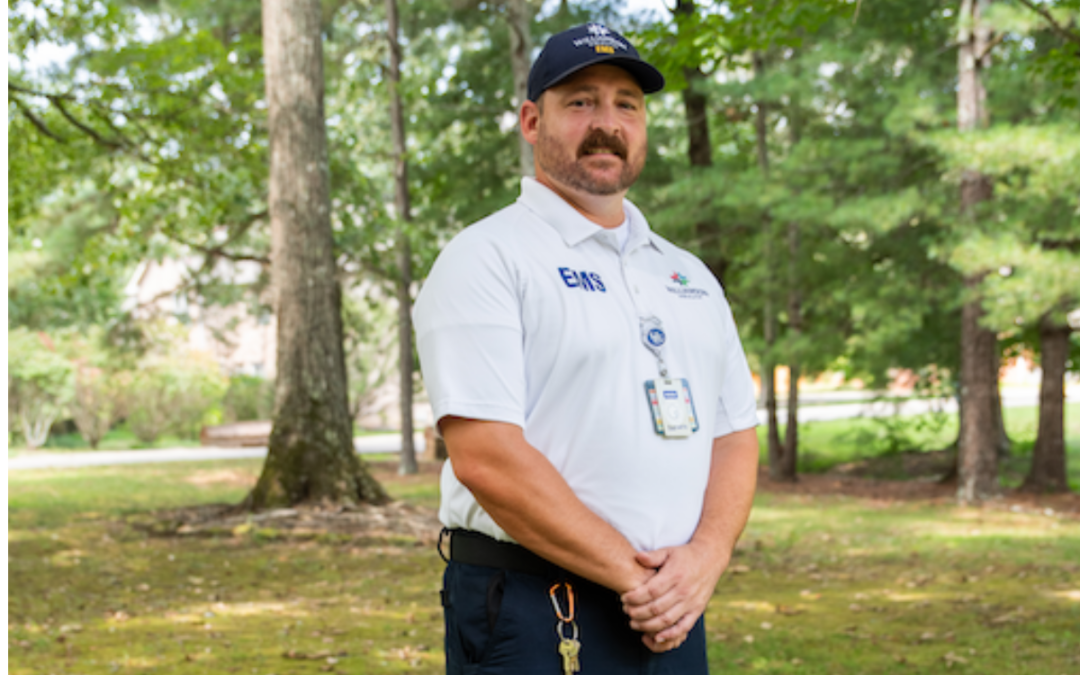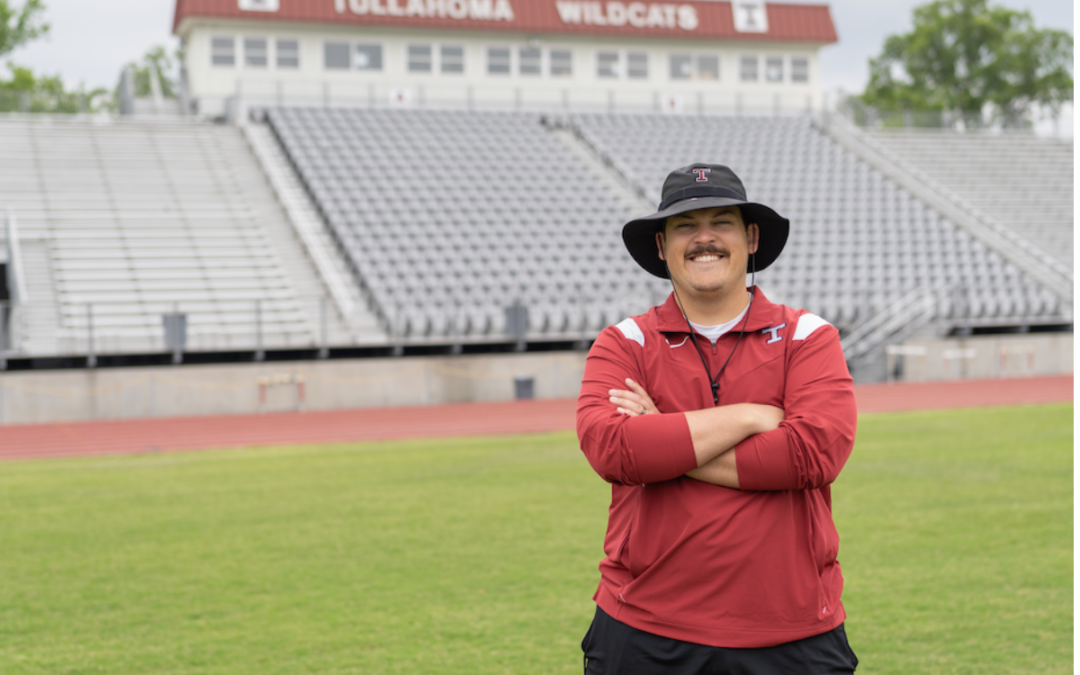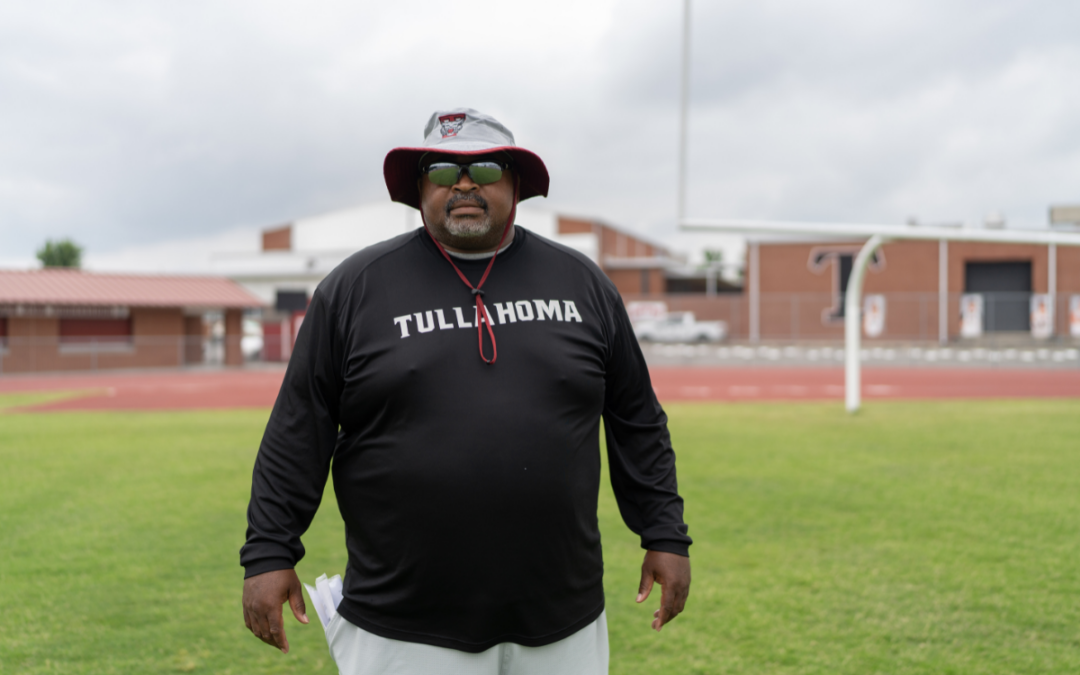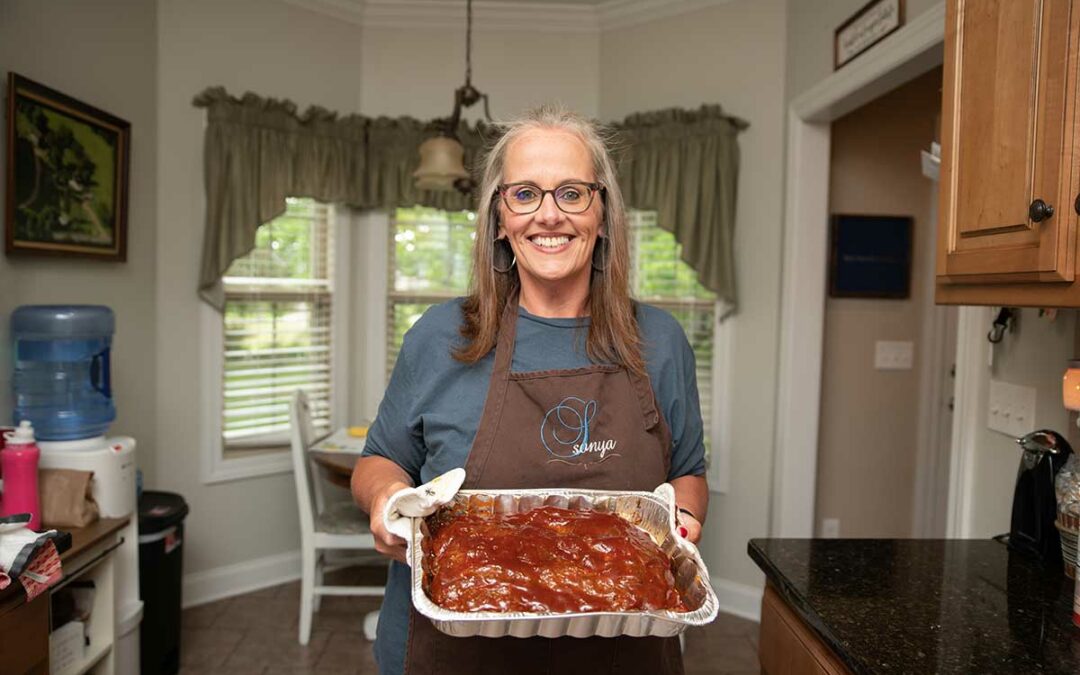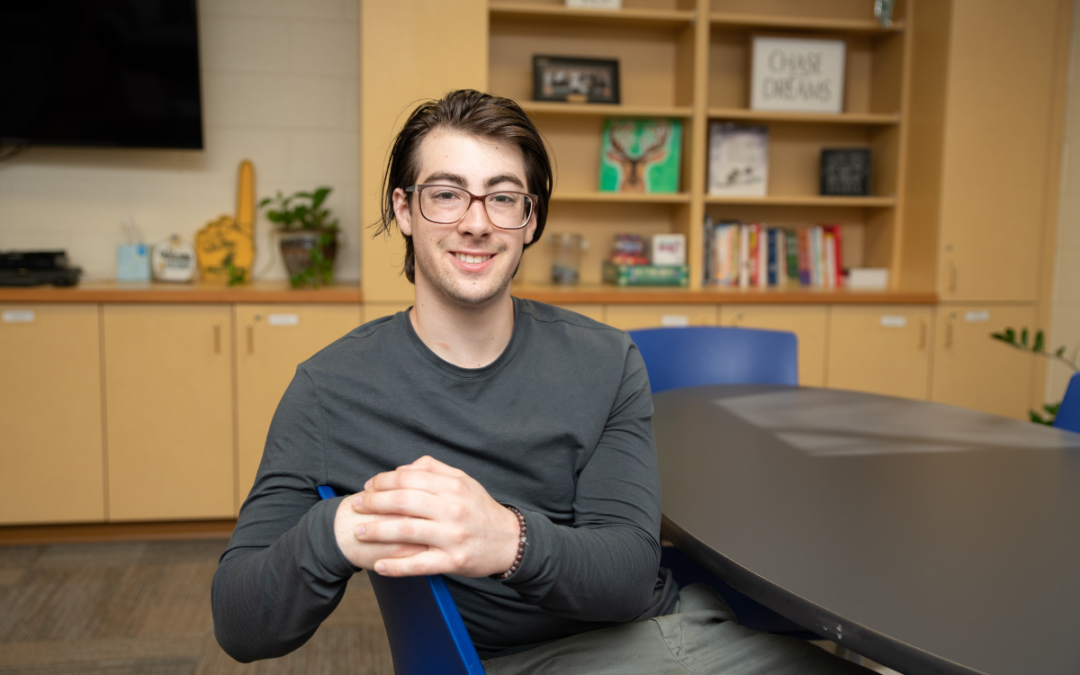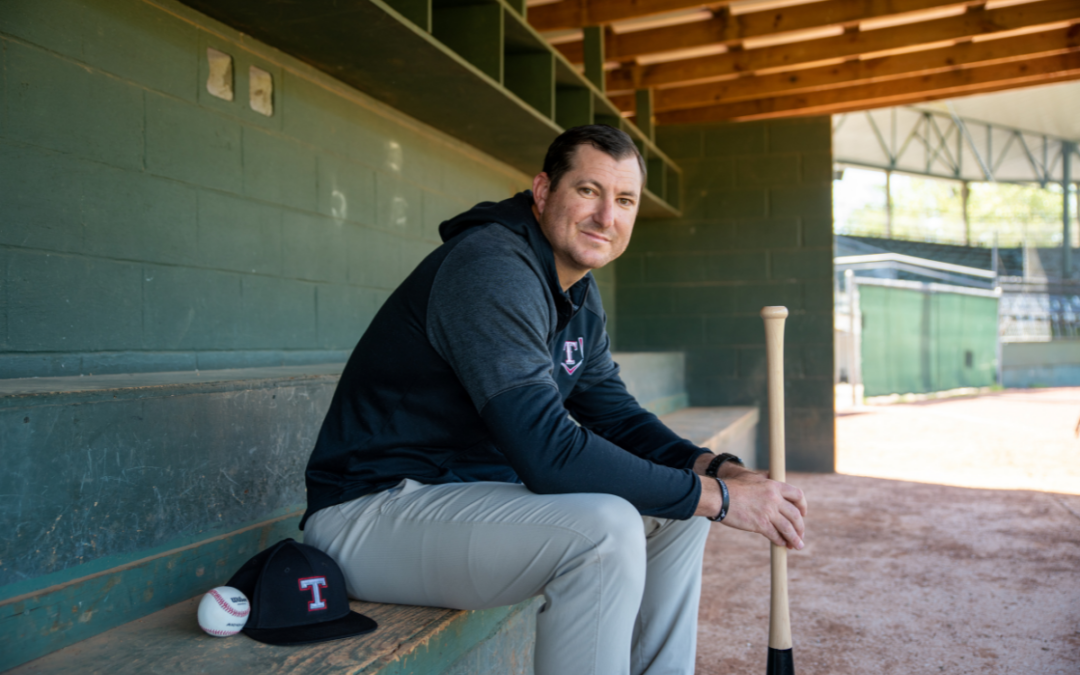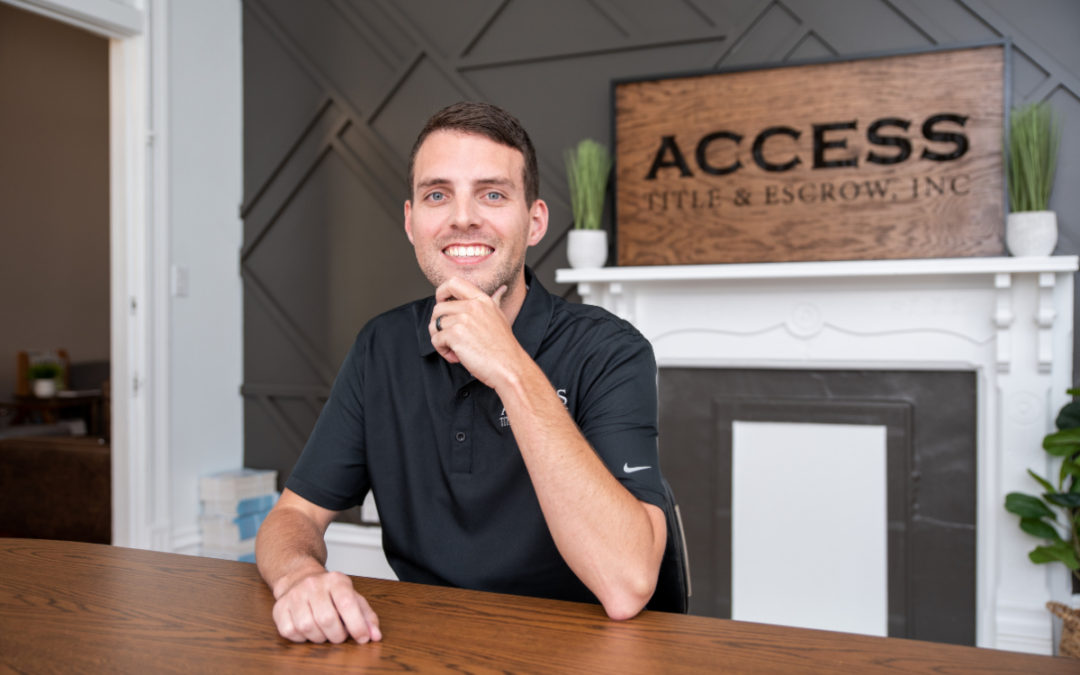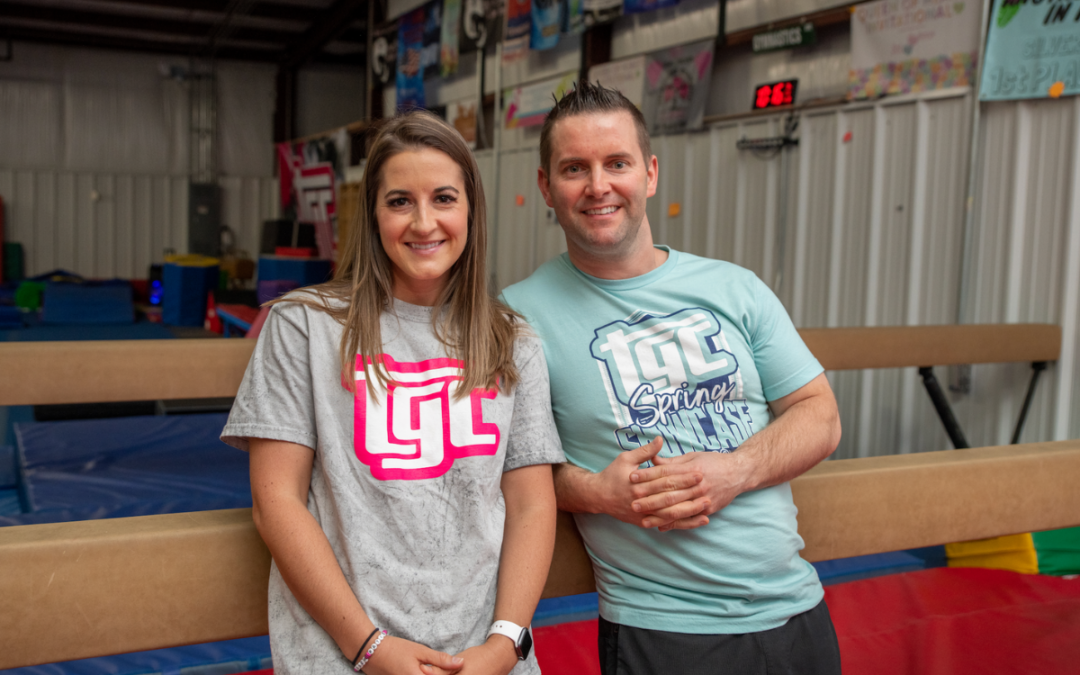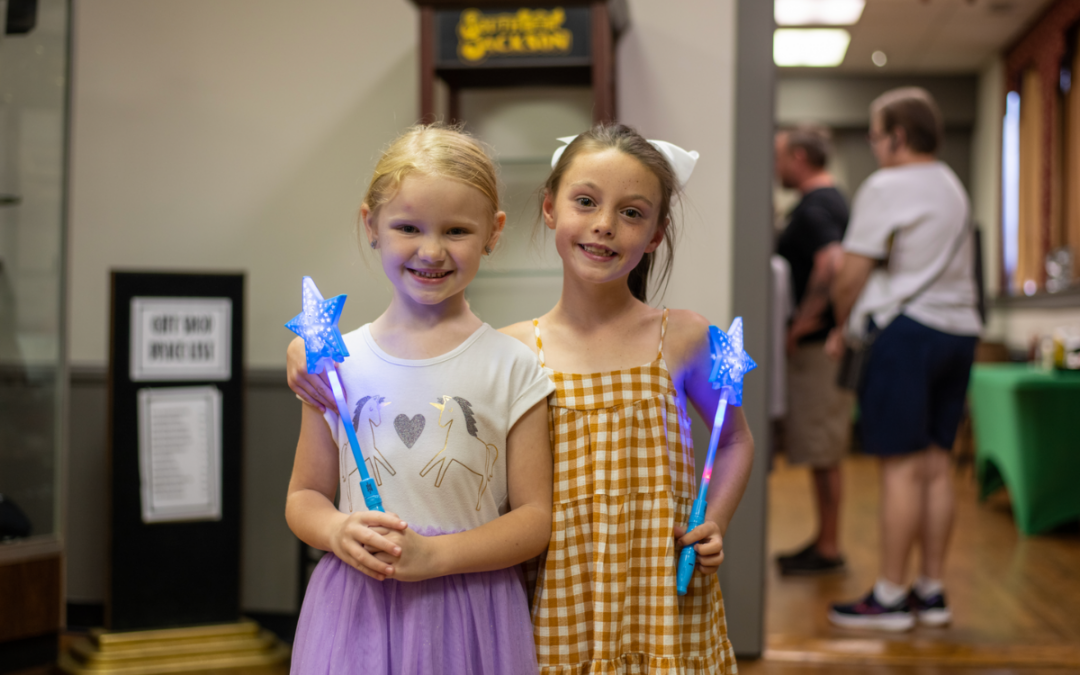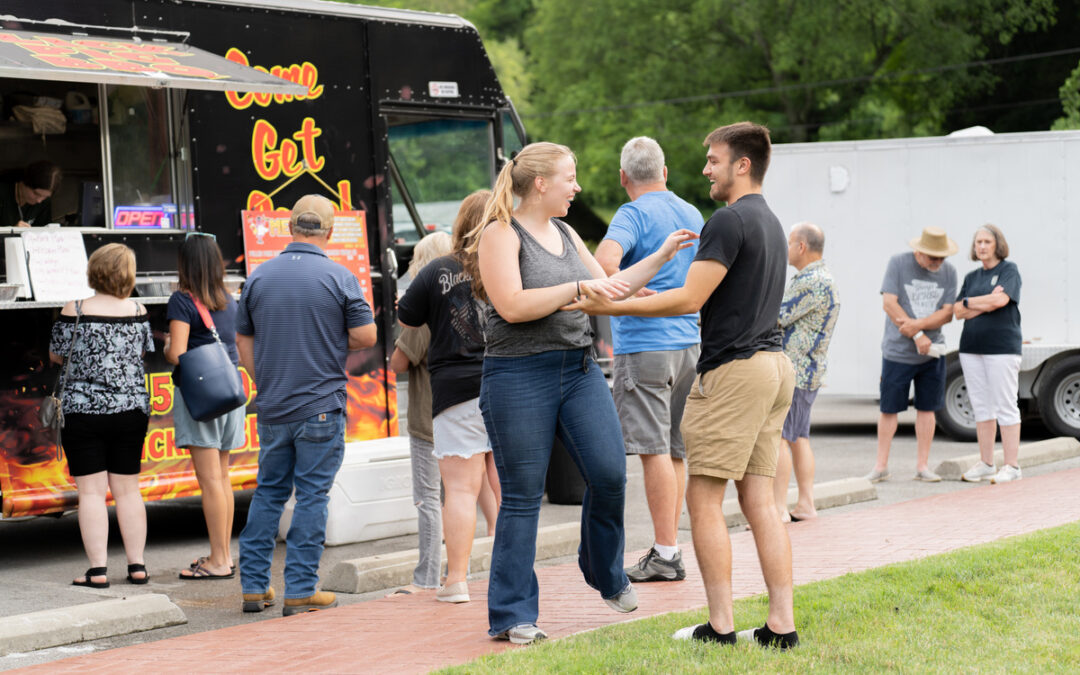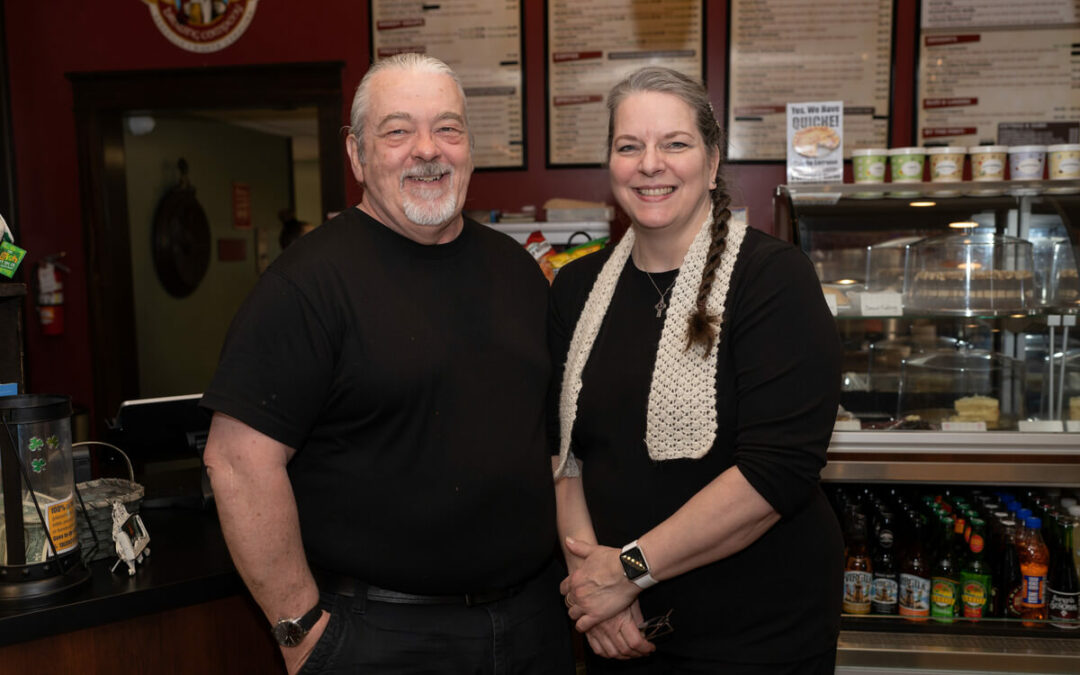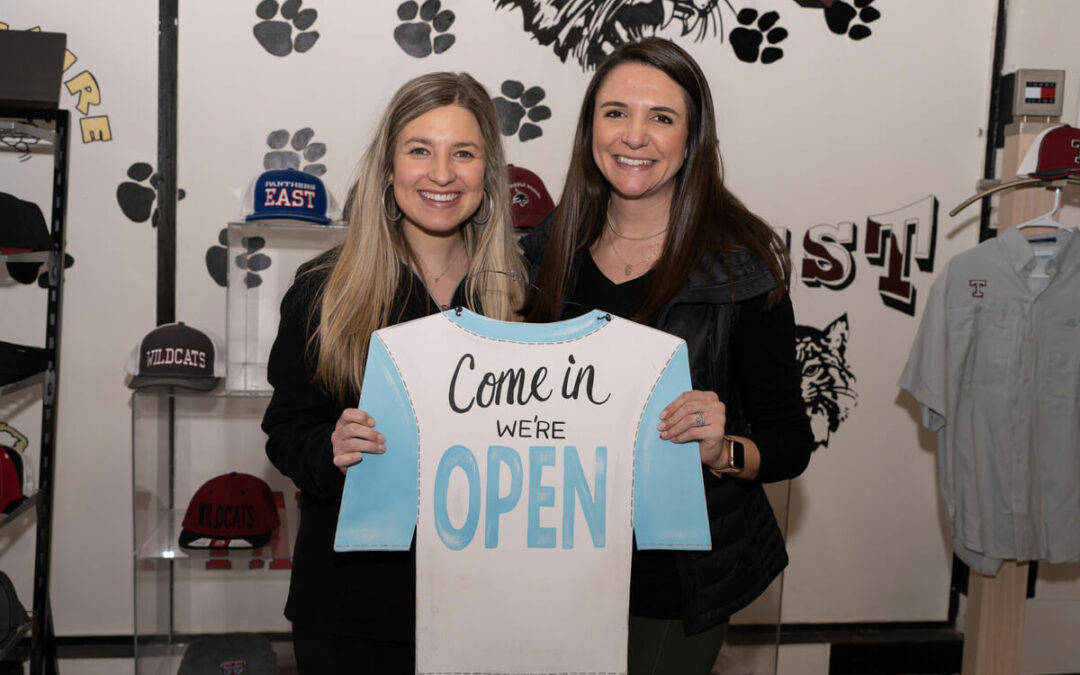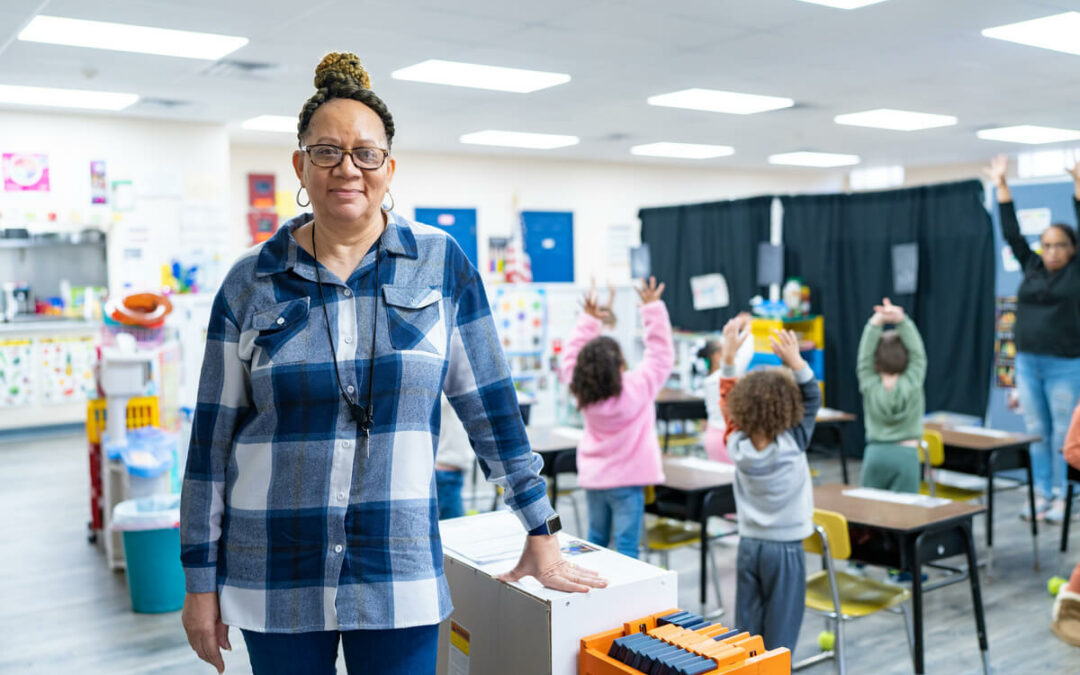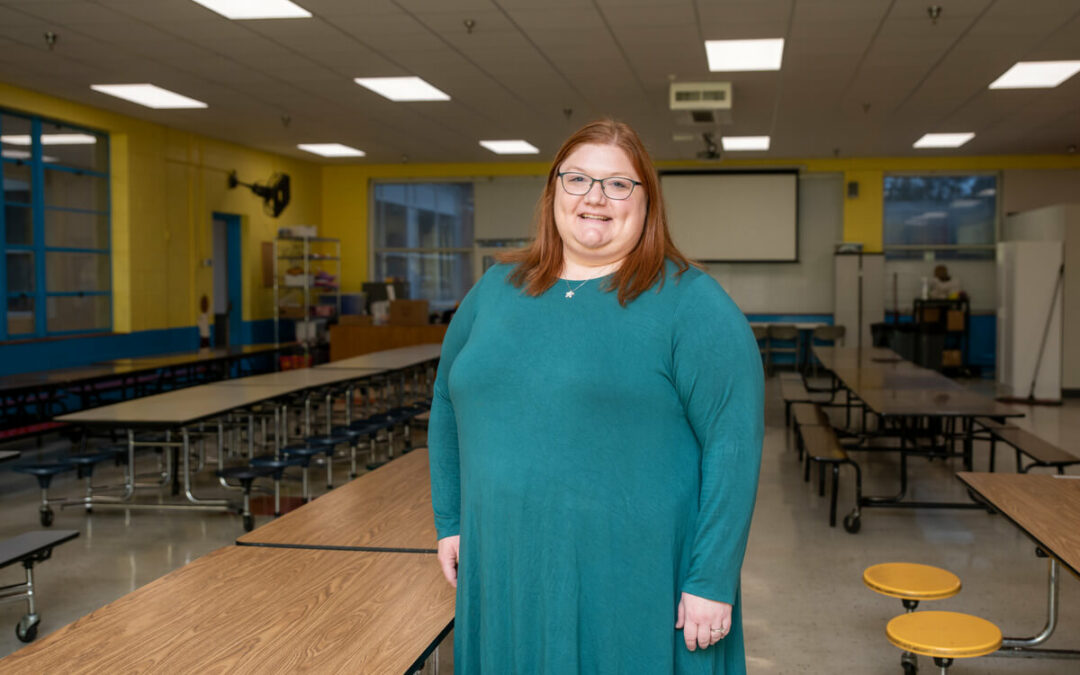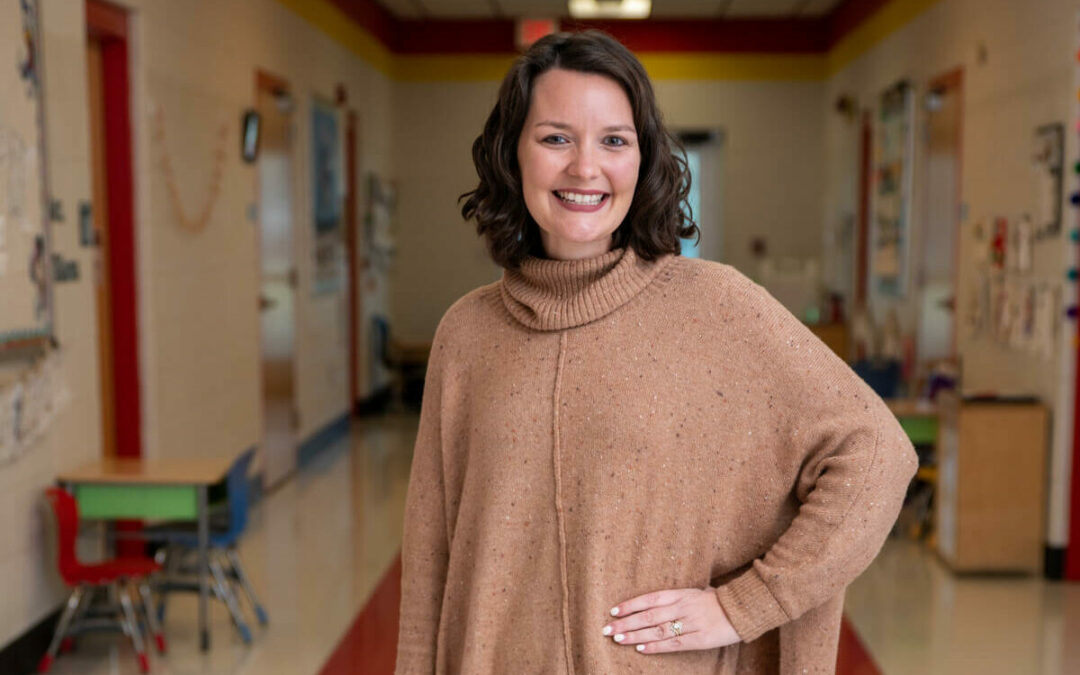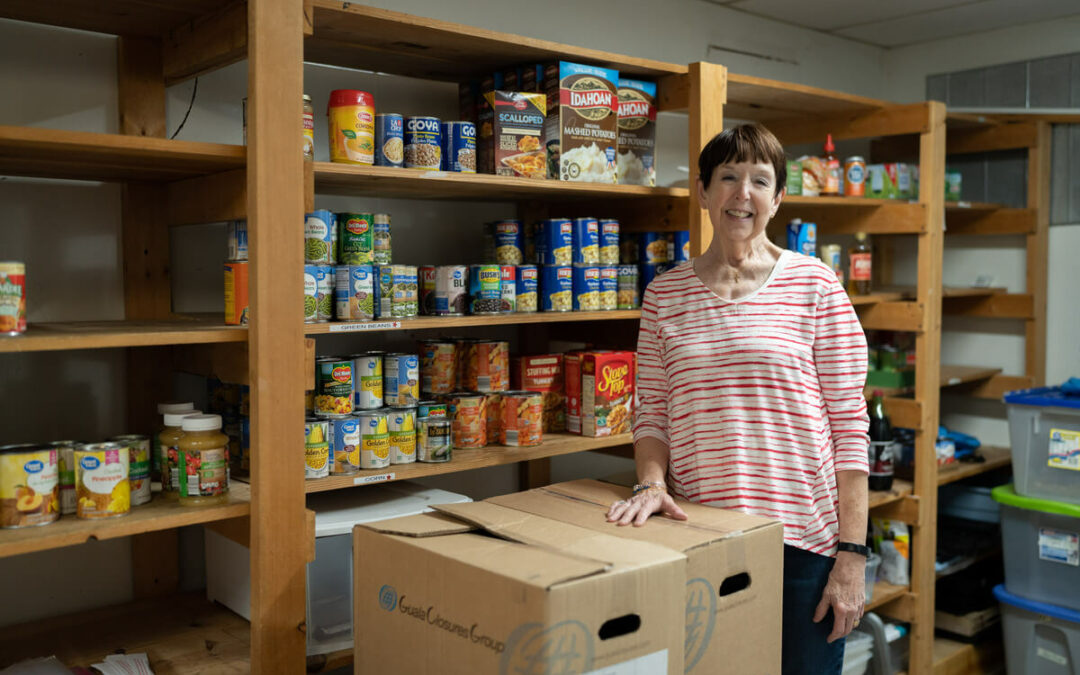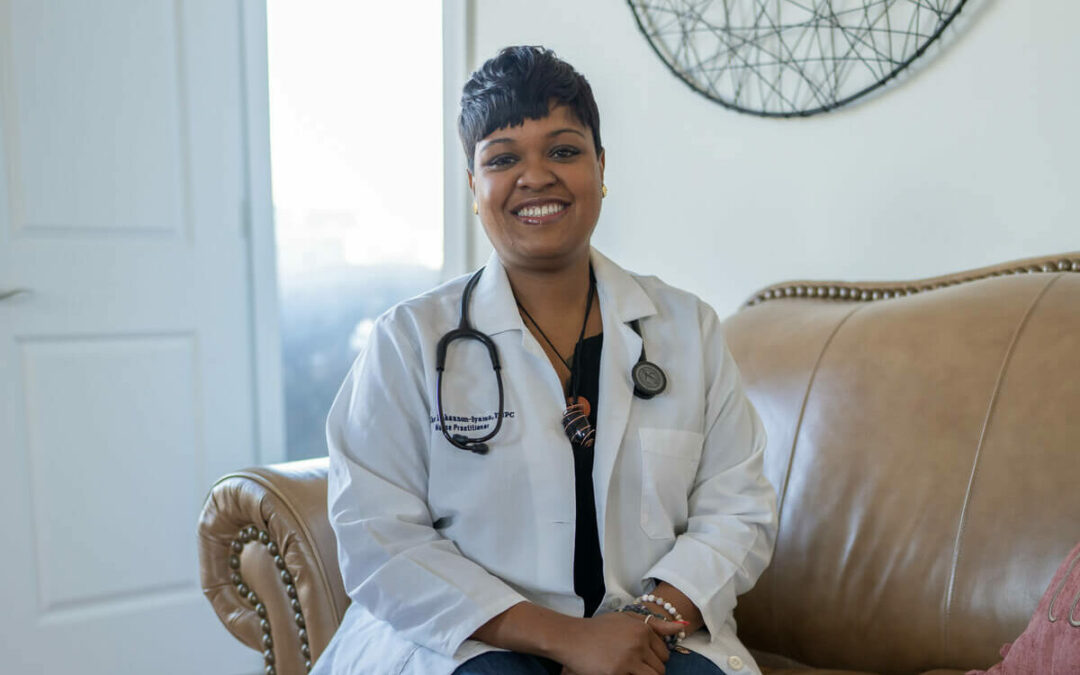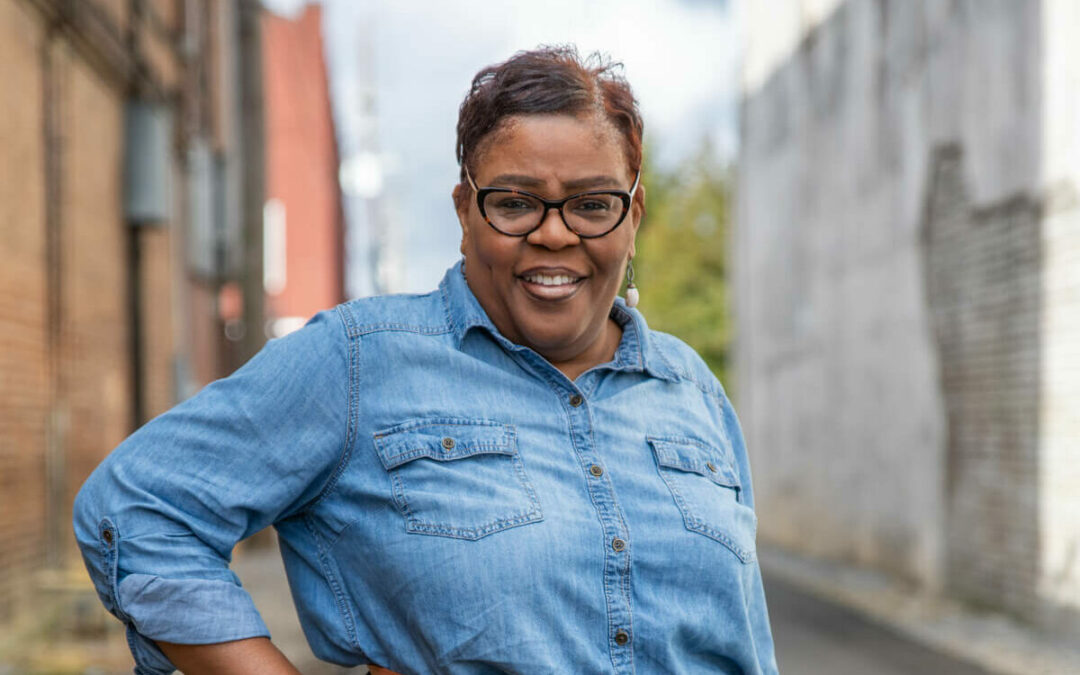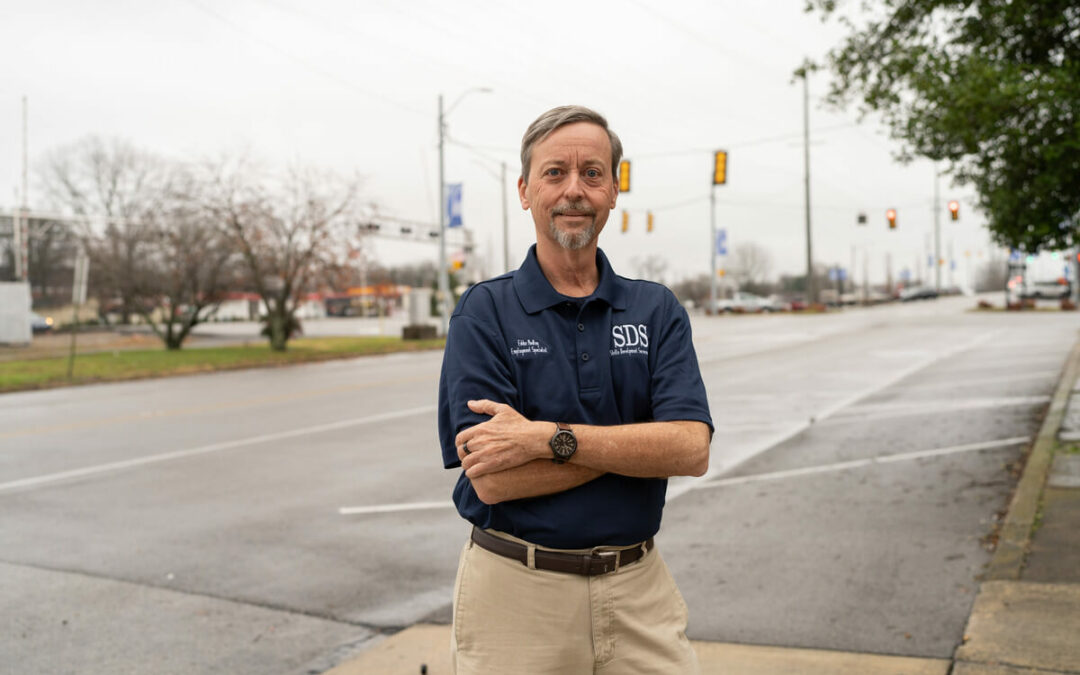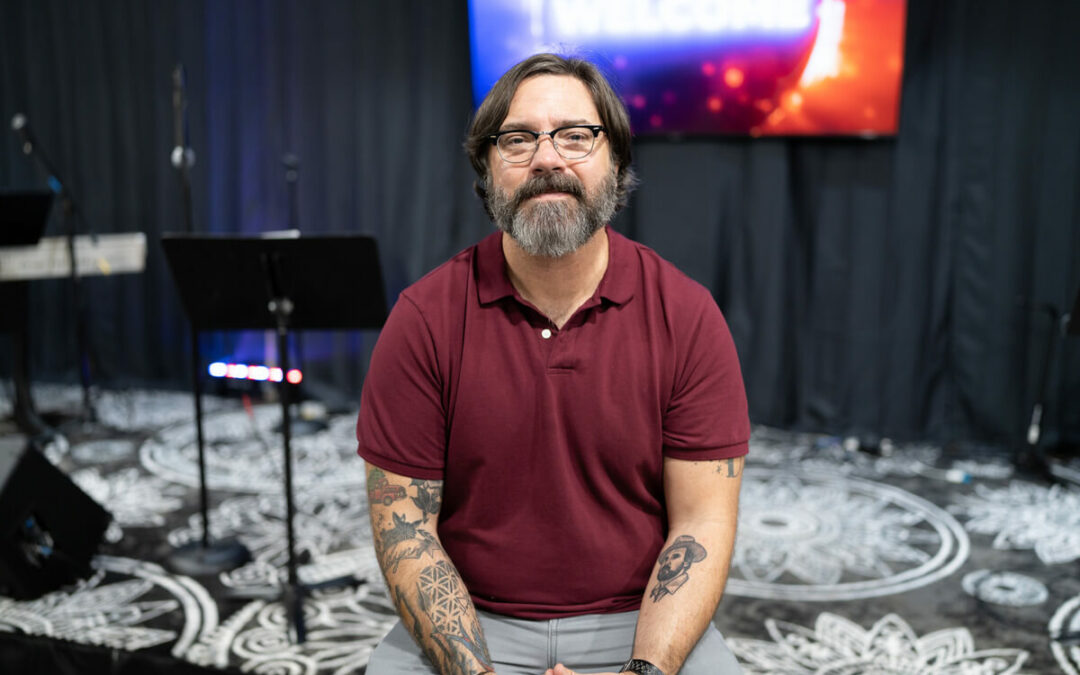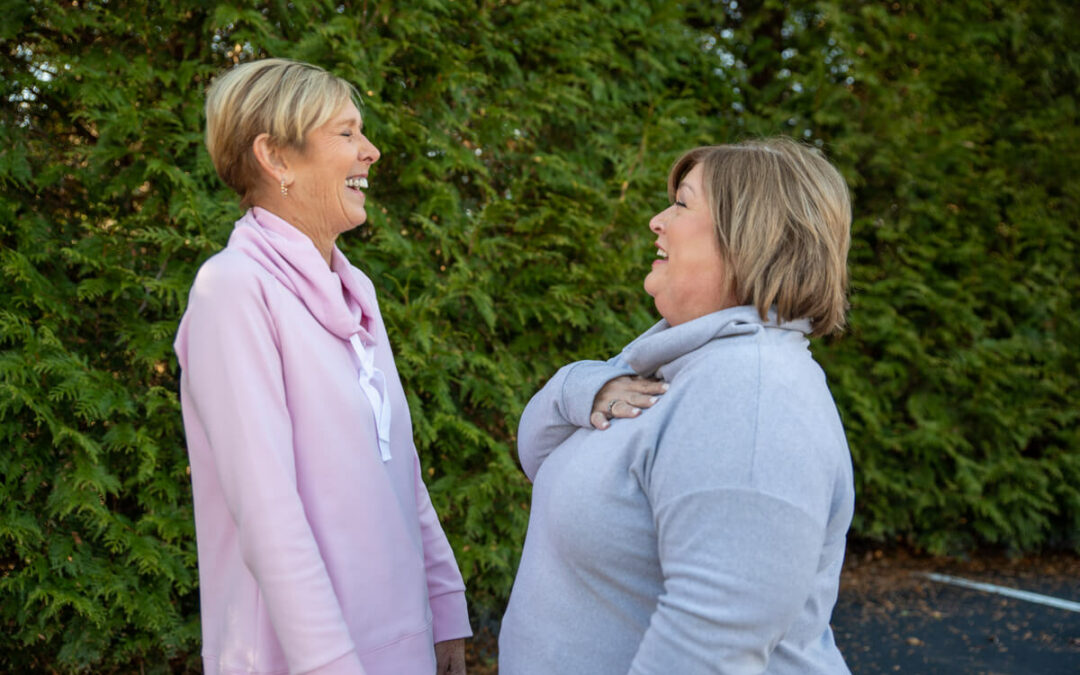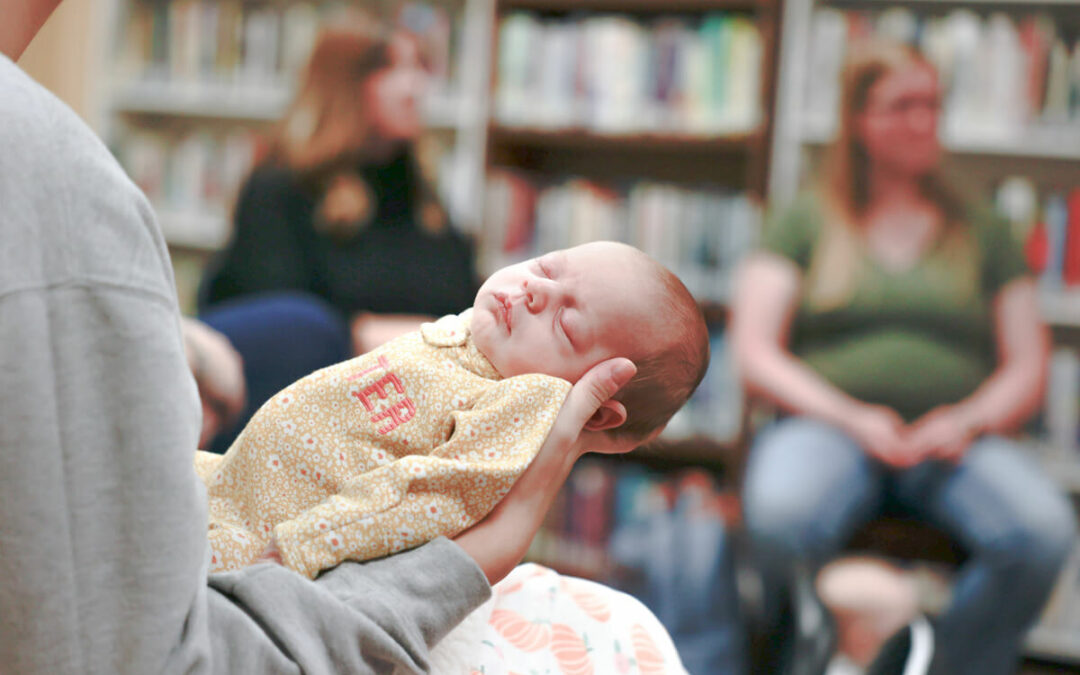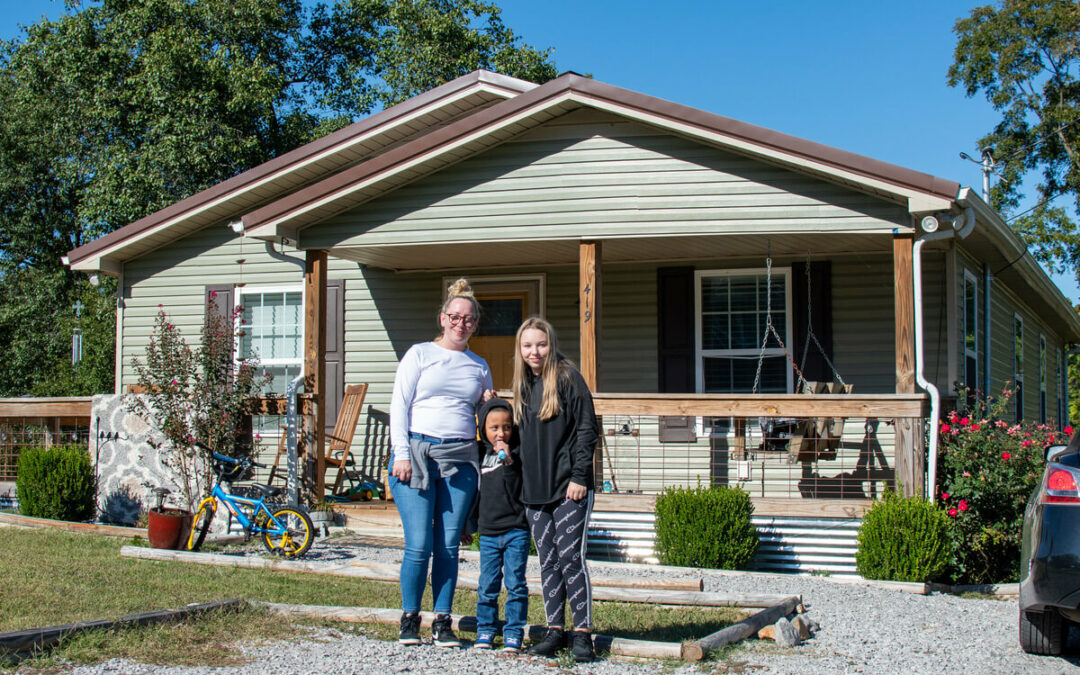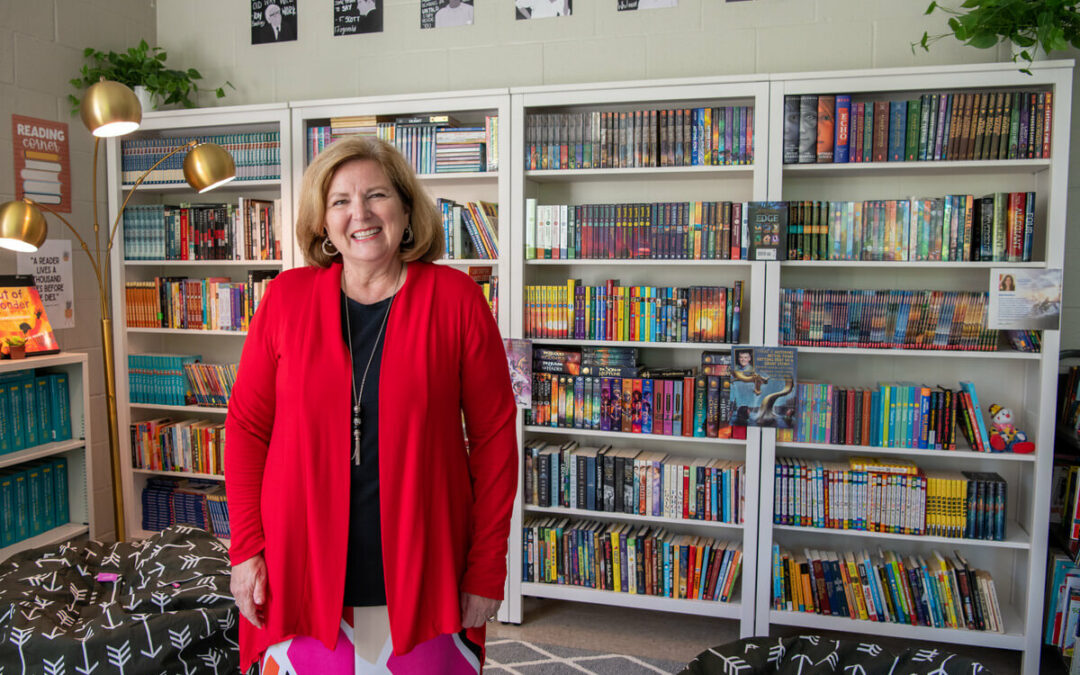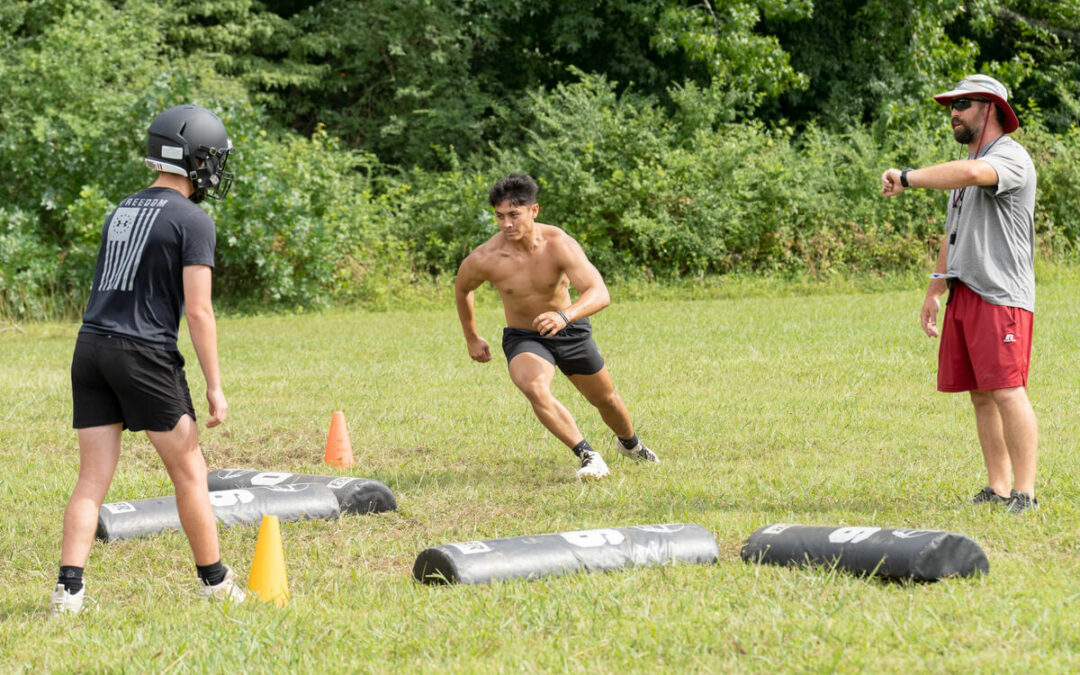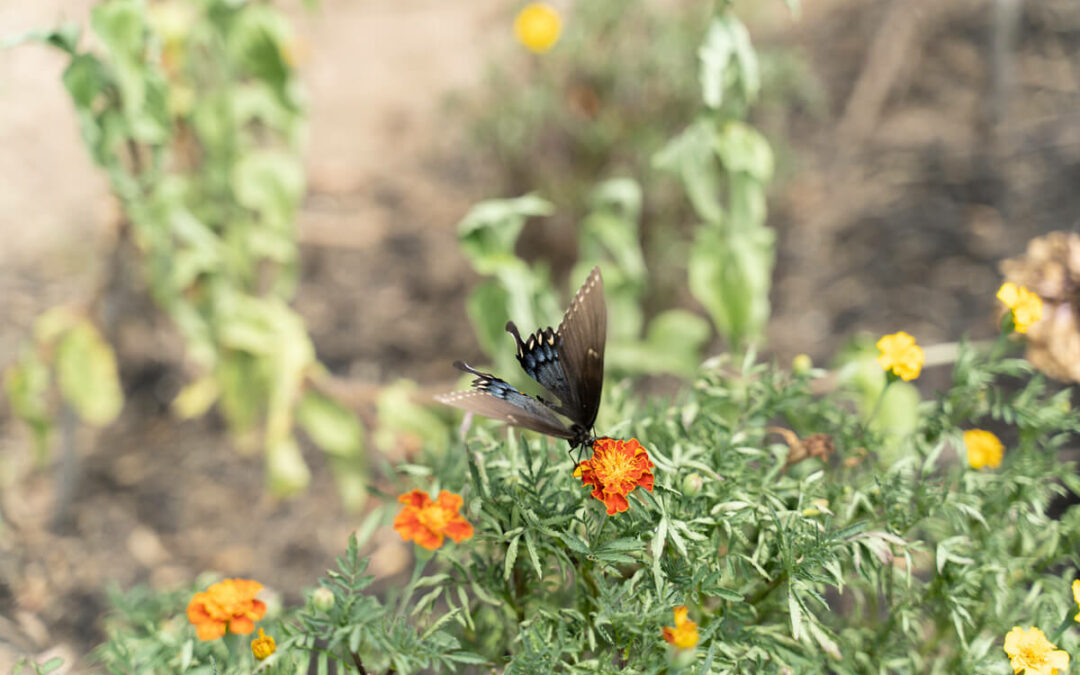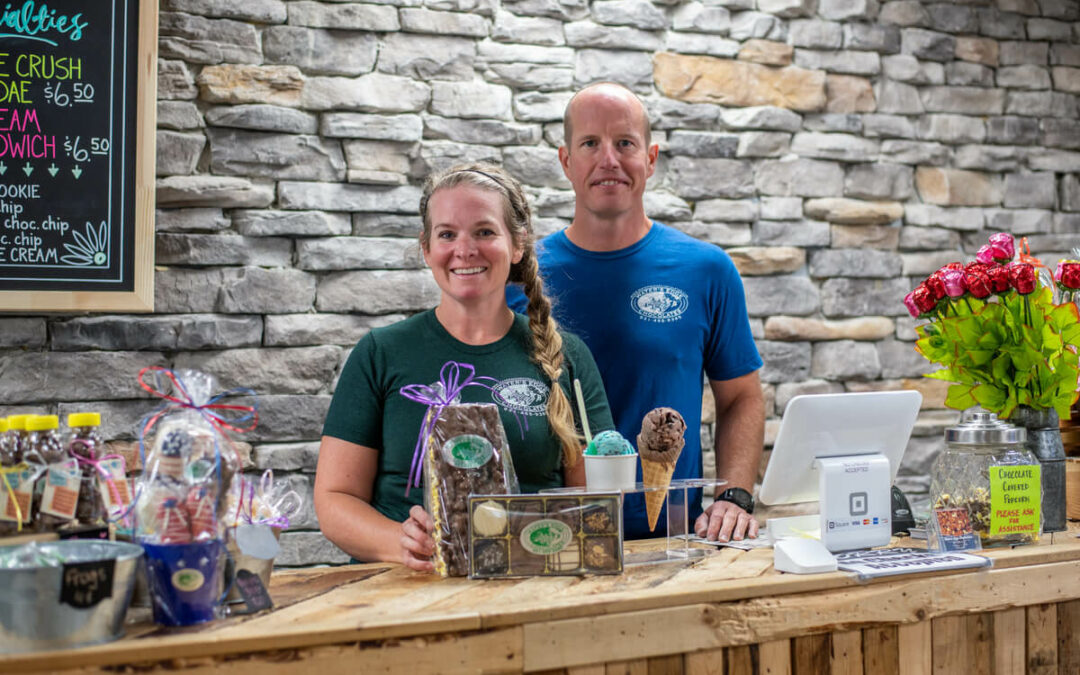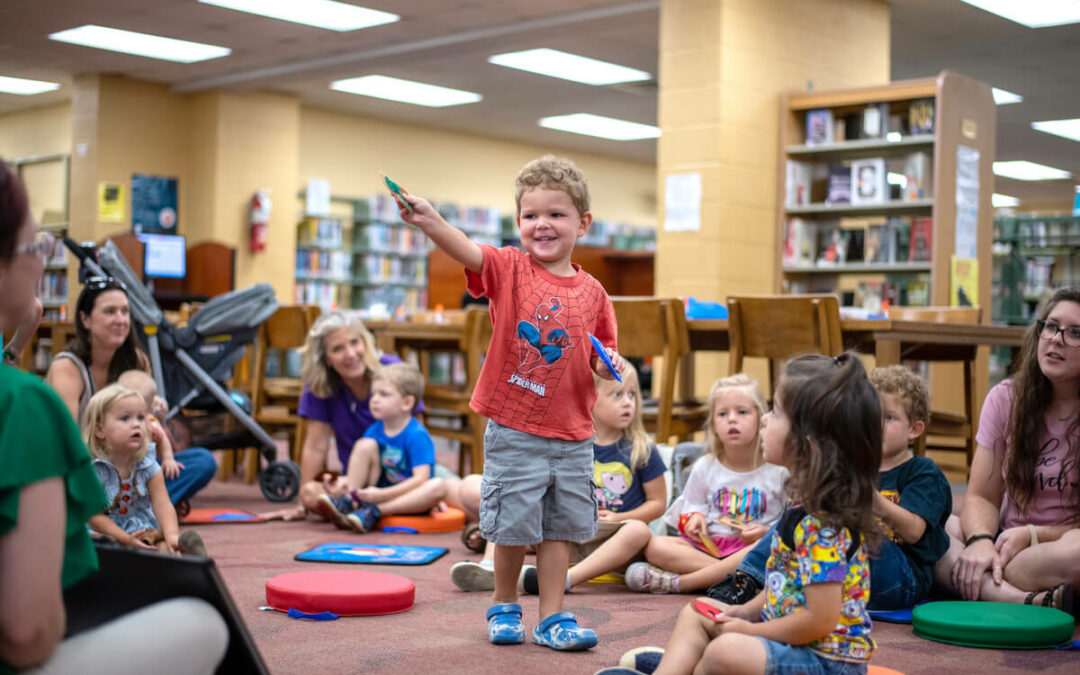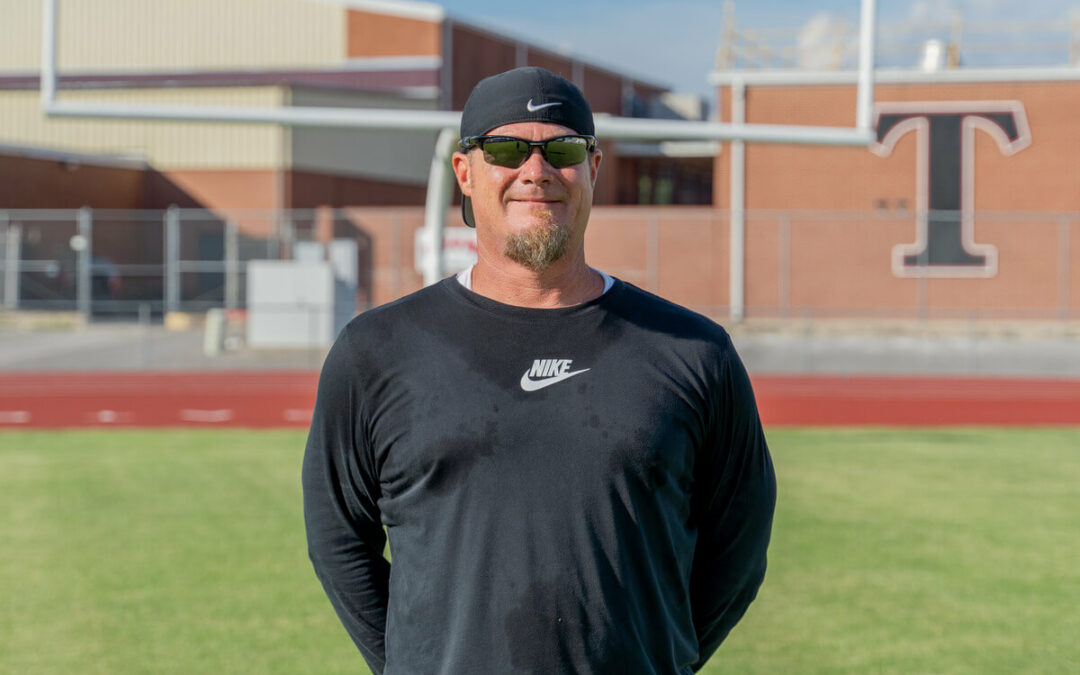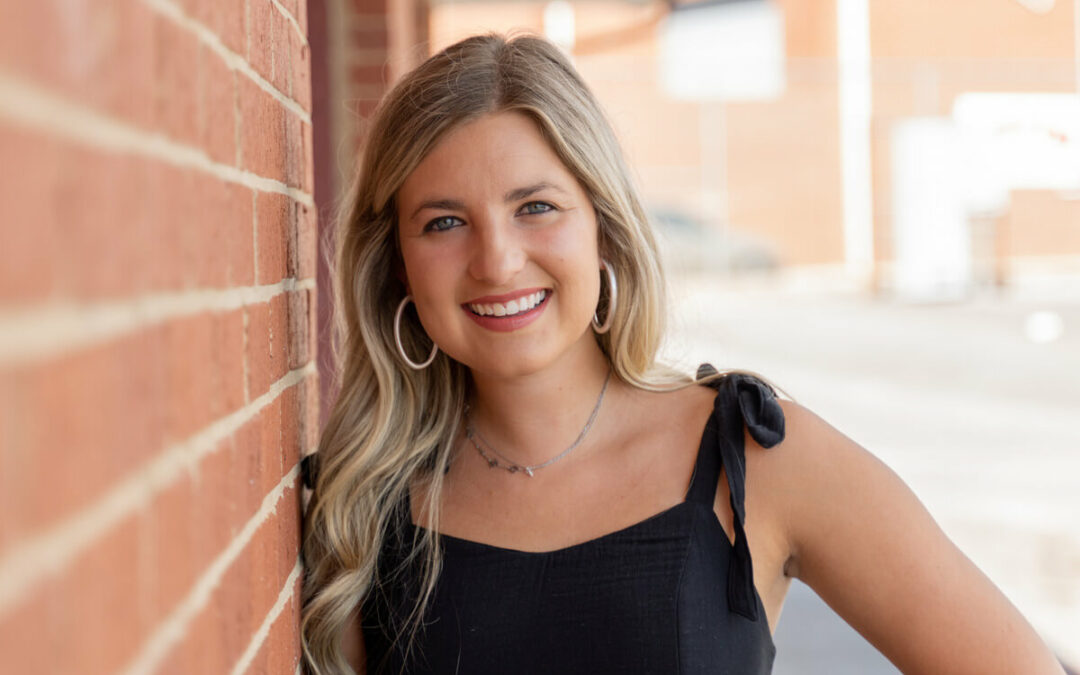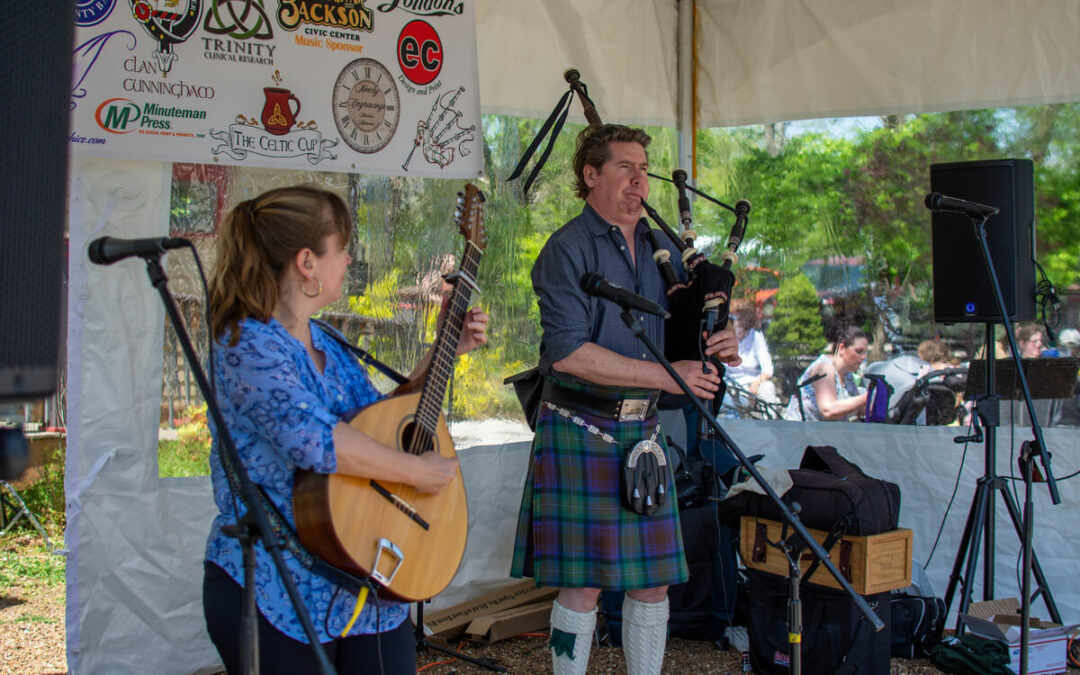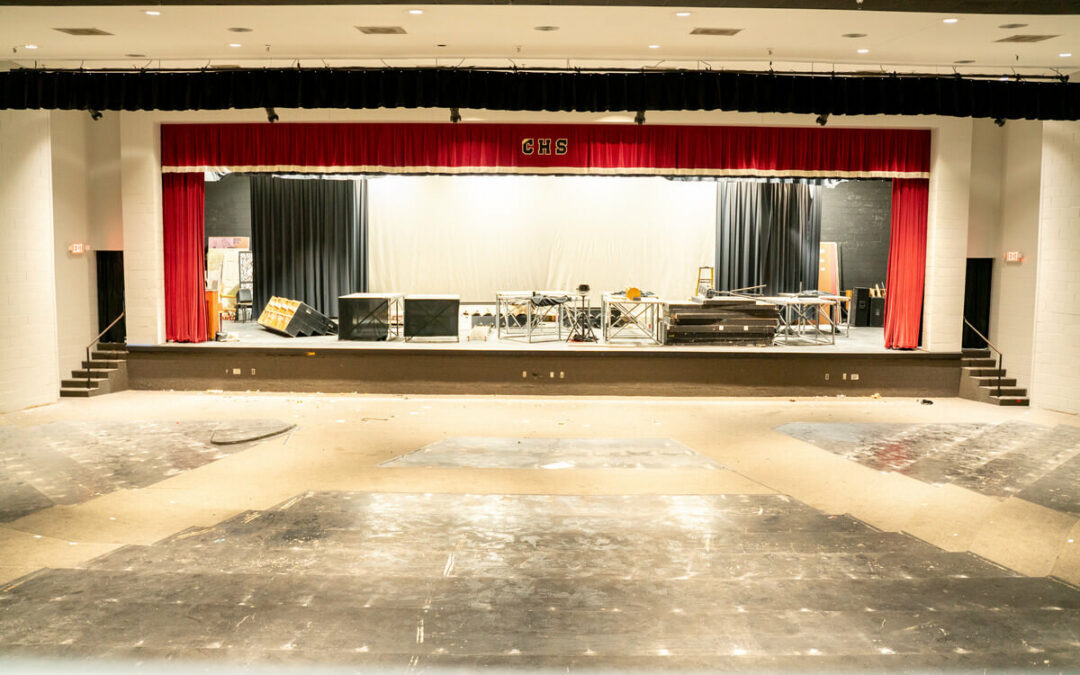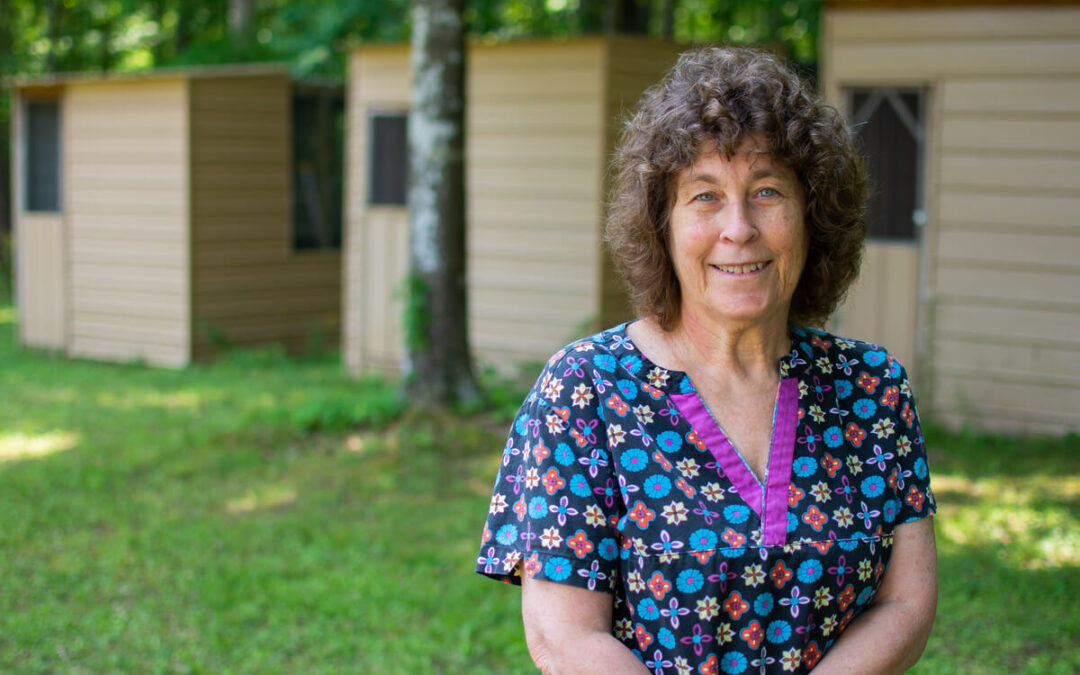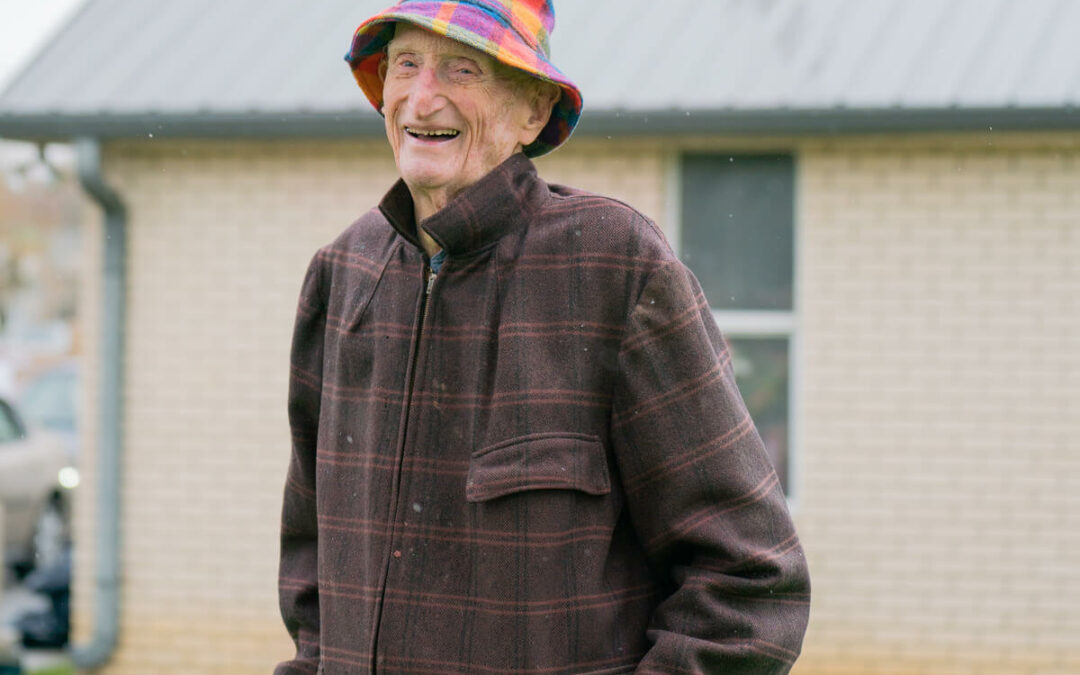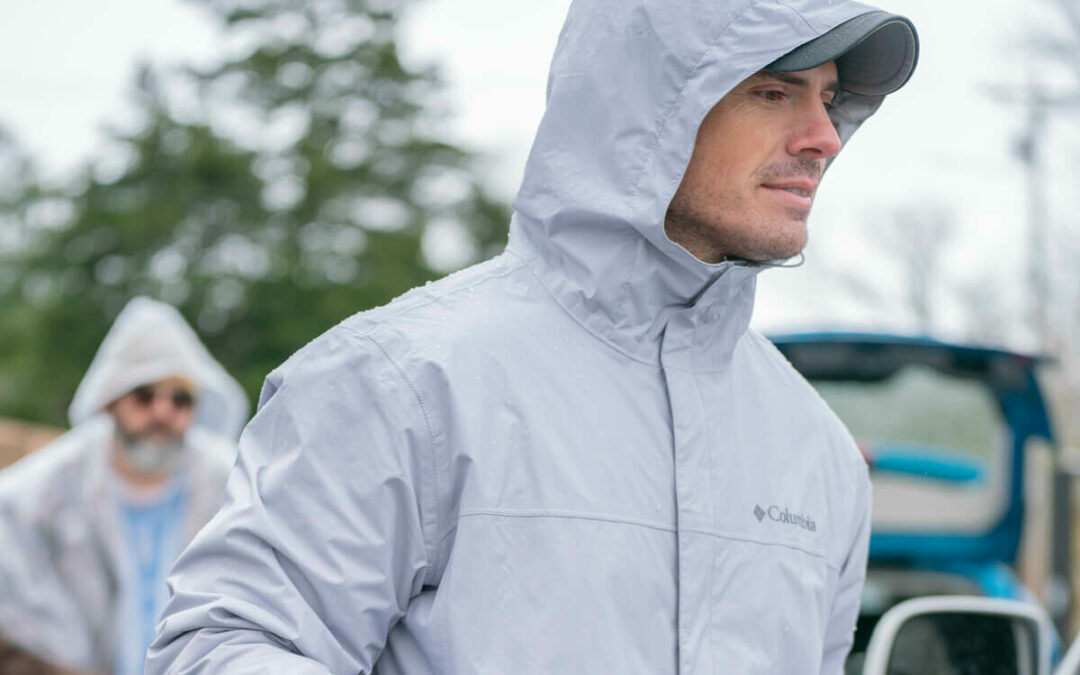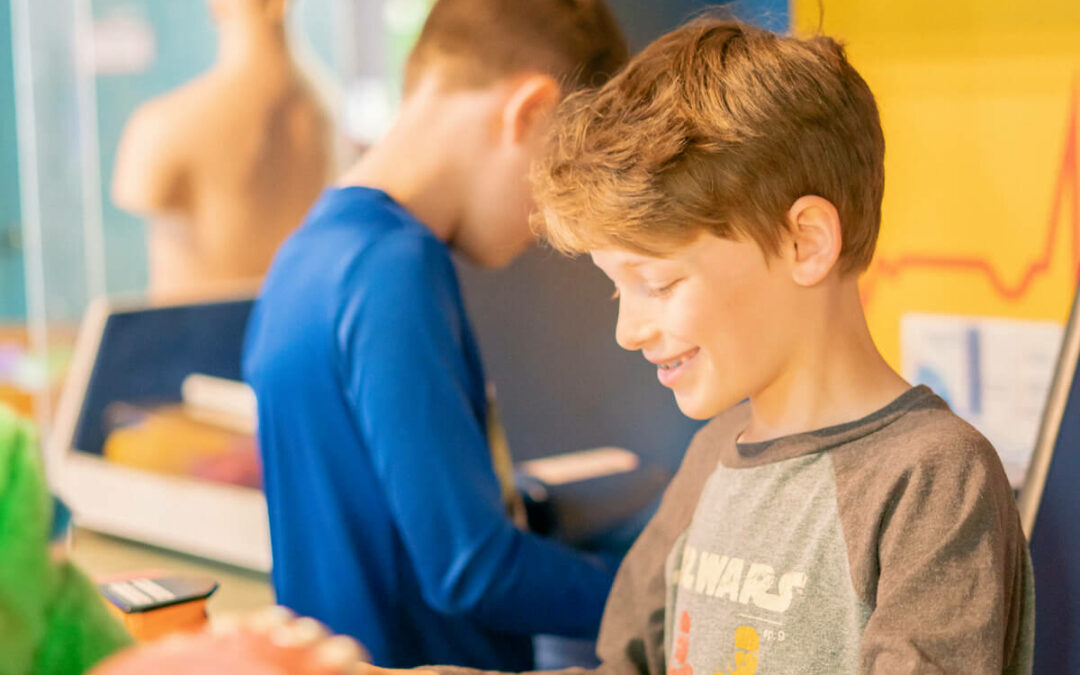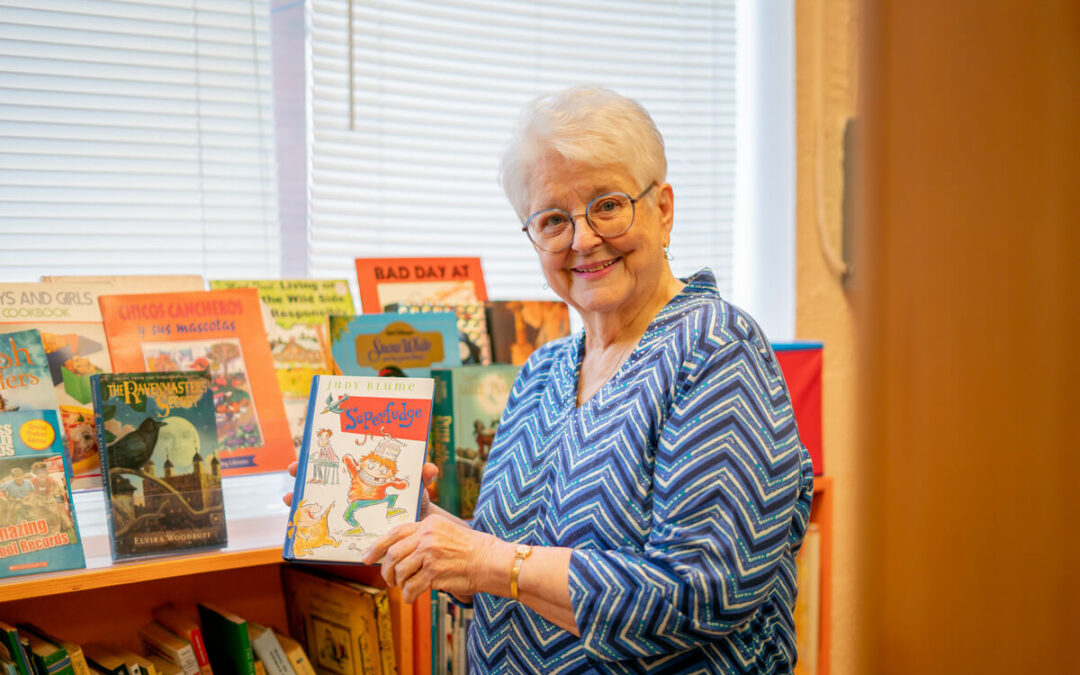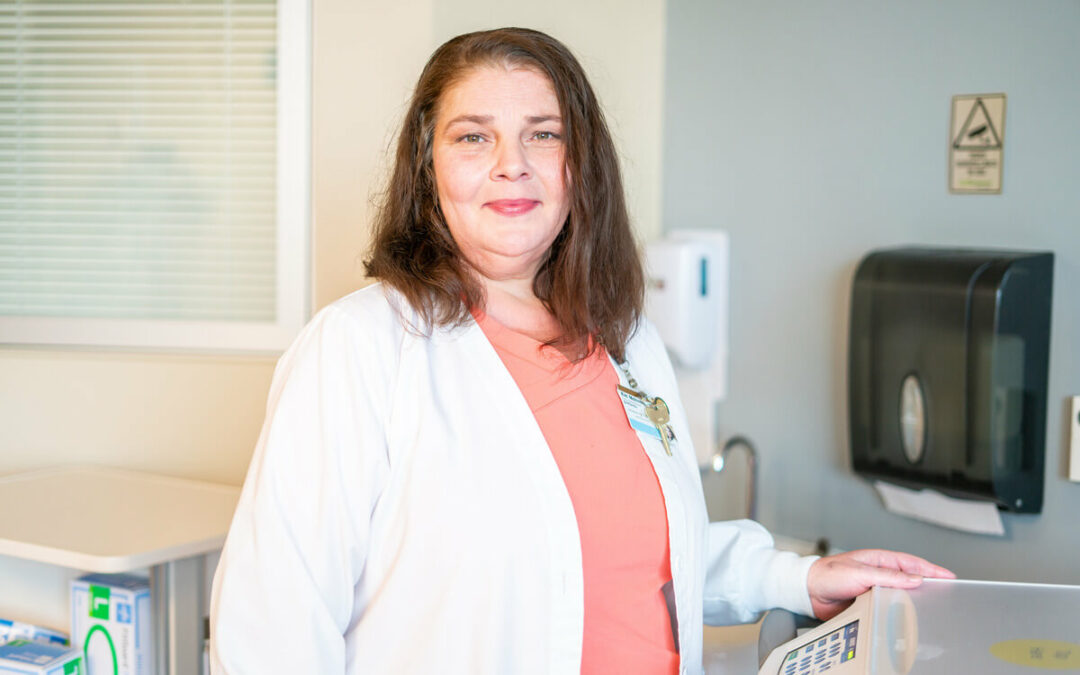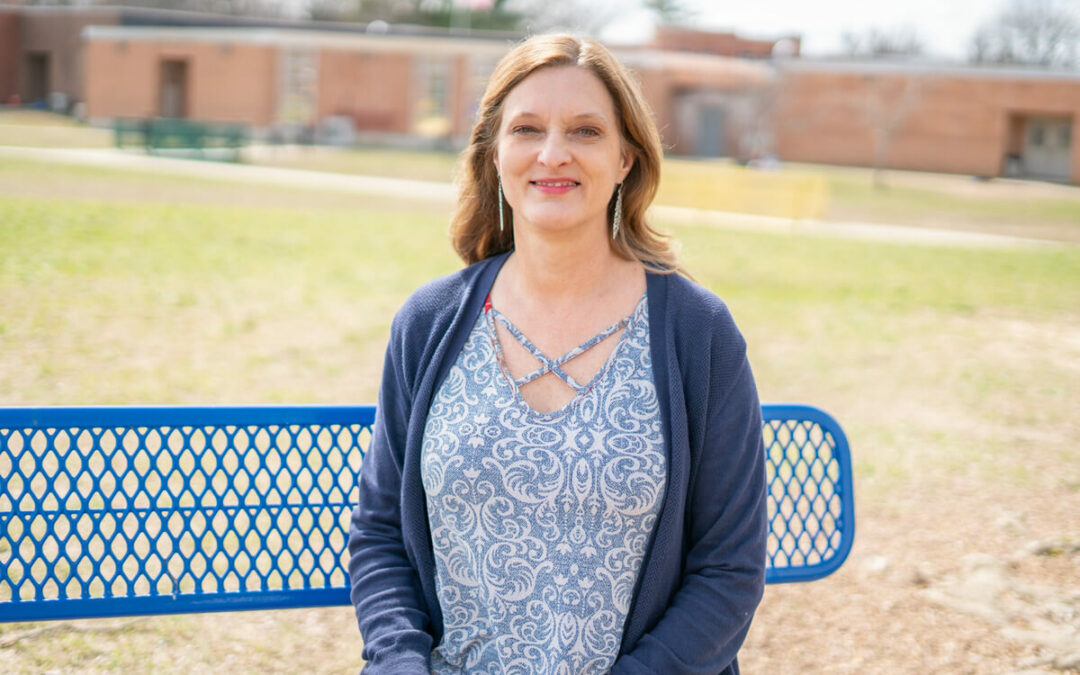IN A liberal arts classroom at Tullahoma High School, Amy Sisk stands at the front, animatedly telling stories of monarchs, revolutions, and lessons from history. She recites facts while bringing the past to life, layering it with drama, heart, and humor. After 20 years of teaching, Sisk has learned that history is bigger than dates and timelines. It’s a collection of messy, beautiful stories, much like life itself.
Every day in Sisk’s classroom, students experience both routine and spontaneity. Mornings start with independent work, leading to enthralling lectures with games and videos. She adapts traditional teaching methods with creative techniques to keep students engaged.
One of her favorite tricks is turning timelines into singsong hand gestures, helping her students memorize 120 years of history without even realizing it.
“Almost 15 years ago, someone told us to do hand gestures with a song or tell kids a story that doesn’t sound like history, then surprise them with how it is history,” she said. “I like trying to do that.”
That constant evolution keeps Sisk energized, even after two decades.
For Sisk, teaching means balancing two great loves: her students and the stories of history.
“I absolutely love the content that I teach,” Sisk said with a smile. “I love being able to tell the stories of history. The best part is when kids are really excited about it and love history stories, too.”

Many students grow up believing that history is a dry recounting of past events, but anyone who’s lucky enough to take Sisk’s class realizes that history often reflects the present. Their discussions often start with headlines — topics like global conflicts or family dynamics — and naturally tie back to lessons in the curriculum.
“There’s almost always something in the news that kids have heard about — Ukraine, weapons, or something else. When we’re talking about monarchies, for example, we get around to these monarchs who didn’t learn their lessons, made mistakes, and suffered because of it,” she said.
Her energy lights up the room as she effortlessly balances teaching facts and life lessons along the way.
“I want them to understand that life is complicated, just like history. There’s no easy fix for anything. Mistakes happen, but you can always bounce back,” Sisk explained. “Whether it’s a tough assignment or a bad attitude, you reset, you try again. Everything is fixable.”
Every day, she teaches her students the importance of perseverance and kindness and intertwines those values into everything they do.
She tells them that even a simple “thank you” can take them far. It could open doors of opportunity, help them build relationships, and create waves of kindness in the world.
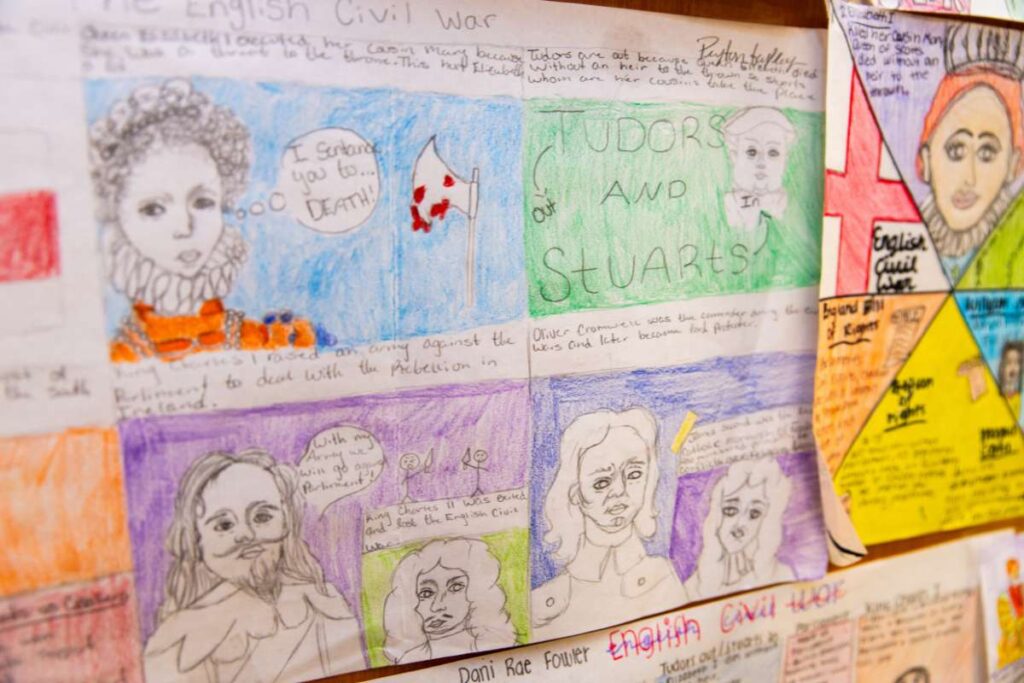
Sisk’s cheerful spirit and optimism make her classroom feel safe. Students leave her class feeling encouraged to be curious, fail, and learn from it all.
Sisk traces her love for teaching back to her own school days. She fondly remembers her high school teacher, Ms. Alsup, who made history come alive through storytelling.
“She was wonderful. In college, I had professors who didn’t use projectors or pictures. They just told stories, and I could wrap my head around them. I loved listening to the stories.”
That love for stories propelled Sisk toward a career in history and education, and she’s been telling stories ever since.
Like history itself, her lessons are full of humanity, grace, and second chances. A great teacher can influence far more than a student’s education, and even after her students have moved on to the next grade level, they carry her lessons with them. GN

